Keeping the past in mind: CHS student participates in the March of the Living
Update: Please note that we previously used the term “Polish concentration camp” in our featured image caption. This should have read “German concentration camps in Nazi-occupied Poland.” Please accept our apologies for this error.
For many students across the globe, history lessons about the Holocaust hit close to home. Students with Jewish heritage learn about how people, both related to them and with the same ethnic and religious background as them, were persecuted and systematically slaughtered by the Nazis.
The March of the Living, which takes place every year in April, allows these students to learn about and celebrate their Jewish heritage. The event is two weeks long, with the first week taking place in Poland, where they tour the concentration camps located there, while the second week takes place in Israel, where they tour the city of Jerusalem and visit Jewish holy sites such as the Western Wall. This year’s event was the 30th anniversary of the March of the Living and designated the 70th anniversary of the creation of Israel. Rosa Benson, a CHS senior, took part in the march this year.
How did you hear about the March of the Living?
“I heard about it at the beginning of the year from my mom, who heard about it from friends in the Jewish community. She said that I should go, but I was kind of reluctant at first because there was the Shakespeare play going on, and I was in the class and wanted to do that, but then my mom told me that this year was the 70th anniversary of Israel and the 30th anniversary of this trip, so then I thought ‘The 70th anniversary? That’s something that only happens once,’ so I decided that I was going to go.”
What were the first few days of the trip like?
“It was really hectic. When we were in Poland, there was a lot of driving around and everyone getting to know each other, which was kind of awkward. The first few days we did a lot of walking around Poland and the city of Krakow. During the first week, we went to Auschwitz, and I had been to Auschwitz and Birkenau before. A lot of other people were really shocked, and I was kind of less so shocked.”
How did people react to Auschwitz?
“There were a lot of different reactions. Some people are really angry. There was one guy on my bus whose grandparents’ siblings had died in the Holocaust, and he was very angry about it. When we went to Auschwitz, one thing he kept on saying that a life goal of his to find someone that was legitimately a Nazi and kill them. He was really intense and serious about it. The day after we went to Auschwitz, we had a debrief, our entire bus together, and most of the people said that they felt kind of numb. That is what most people feel, this kind of numb feeling, and then it hits them later, that this actually happened.
I know some people who are really solemn and silent, and who isolate themselves. Other people start crying. One good thing about it is that you’re in this big group, you have the advisors with you and you have these teens your age, I think that helped people work through what they were feeling and not feel so awkward about it.”
How else did doing this sort of event with a group benefit you?
“I think doing it yourself, you’re more likely to isolate yourself than if you’re with a group. One thing our guides talked about was that some kids who go on this trip get nervous laughter, and I feel like if you’re by yourself and you get nervous laughter, you might think ‘Oh, there’s something wrong with me,’ but if you’re with a group and someone is there with you, you might feel more at ease. I had gone before with my family; it’s great because you can talk to other people, but it’s easier to relate to someone your own age. Also, within your own family, you will have opinions that are somewhat similar, but in this group, you will have people who have wildly different opinions about what had happened.”
What else did you do in Poland?
“We went to Treblinka, and we also visited Majdanek…Treblinka was completely destroyed, there’s nothing left there except for where they burnt down the gas chamber, so there’s this rectangular shape on the ground with all these melted stones together, and they created a memorial there, which is this giant stone, which is supposed to look like a tombstone for all the people who died. There are a lot of smaller stones, and some of the stones have names of towns on them. Each stone is supposed to represent a community that was destroyed by the Holocaust. I think there are about 17,000 stones there.
We went there, we had a service there, and we also went to Majdanek. We had never heard of it [Majdanek] before this trip. I just remember the first moment we saw it. Our bus driver was talking about it, and we all had our windows closed because we were sleeping. He pointed out the window and was like, ‘Oh, we’re here at Majdanek,’ and we all opened our windows and looked out. There was this moment where the whole bus got really quiet and we were all like, ‘Holy s**t.’ It’s this huge camp, and it’s actually the best-preserved camp…When you stand in those places, you have to stand there and think about what all happened here that you do not know about, about the people who walked through here who did not come back, who had lives and families that they weren’t allowed to say goodbye to.
After that, at every place we went, we had a small service that was led by one of the buses. It was a really quiet service, it’s one of those things where you’re choking out the words. A lot of people were crying while they were singing, we went back to the buses and everyone was really quiet afterward. I remember, we were walking back to the bus, we had gone to the march the day before, the march from Auschwitz to Birkenau, and I had made a friend there, and I saw him, and he had tears streaming down his face, and we just kind of looked at each other and we put our arms around each other and just walked back to the buses crying together. I think that’s the best part of the trip; you make super quick bonds with people because of all of the emotions you are going through.”
You also went to Israel on this trip. What did you do in Israel?
I remember we went to the Western Wall, we toured around Jerusalem. We went to the Dead Sea; that was a lot of fun. The Dead Sea was interesting–everyone went out and bought the Dead Sea mud that you’re supposed to rub on yourself. Everyone had this dark gray, very fine mud that you put all over yourself, and you go into the water and rub it into your skin because supposed to be very good for you…
The one day, we went to the Biblical Forest, and we were allowed to plant a tree, to plant our roots in Israel. I was in a group with my friend, and they were talking about what they wanted to name their trees. They were like, ‘Oh, I want to name it after this advisor,’ or ‘ Want to name it after the rabbi,’ or ‘I just want to name it after this random name that I think is fun.’ I told them that I wanted to name mine Aizen. They didn’t know what I was talking about, so I had to explain that when we were in Treblinka, I had been walking around the stones, and I found this testimony that someone had written to identify someone who had died there. It was written by this woman for her father, Aizen, who in 1941 was killed in Treblinka. There’s a lot of personal information on there like he was 45 years old, he owned a store, he had a wife named Dora, he had three daughters, and that really left an impact. We hear a lot [of people died], 6 million, but my mom always says that it was ‘six million times one person who had a story, who had a life that they were living.’ That was one thing that the trip really focused on; they were individual people who had their lives. It wasn’t just the famous people who died, it wasn’t just the doctors and the lawyers; it was the shopkeepers, the stay at home mothers, the beggar on the side of the road.”
How do you feel that this trip will influence your daily life now that you’re back in the United States?
“The trip kind of shows you that life is unexpected, and it’s short. These people were living their lives, they thought they were safe, and then everything was turned upside down. Things can get really crazy. One thing that I took away from it was that there is a lot of evil in the world, but there is also a lot of good. While there were those people who ran the concentration camps, there were people who did horrendous things, there were the people who hid people in their attics and tried to save them.
The Holocaust survivor that came with us, he told this story about when he, his mother, and his father who were hiding in the mountains in Hungary. They were hiding with this family who didn’t know they were Jewish. One day they woke up, and the German soldiers had arrived. On the last night that the German soldiers were there, the night they were leaving, but a German officer came into the house they were staying in and went to his mother. He told her that ‘someone had reported you for being Jewish,’ and the family ‘needed to get out because other German soldiers were going to come through, and I’m not going to be there.’ He told her, ‘Oh, I like your watch,’ and she gave it to him. Even if he did not report them just so he could get a watch, he still saved three people from being sent to a camp. There’s a lot of bad, but there’s a lot of good too. Some people try to put the world into ‘only good’ or ‘only bad,’ but it’s really not like that. There’s the bad and the good, and the good and the bad. If you look at a black and white photo, it’s not just black and white; there’s also shades of gray.
Listen to the full interview here:
Want to help the Herd? Please consider supporting the Periscope program. Your donation will support the student journalists of CHS and allow us to purchase equipment, send students to workshops/camps, and cover our annual website hosting costs.
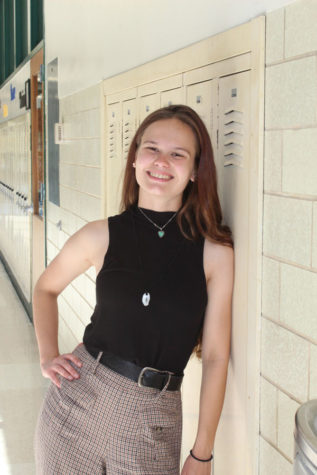
Samantha Martin is super excited to share the role of Editor-in-Chief with Abigail Lindsay during her fourth year on staff! She is also a member of several...


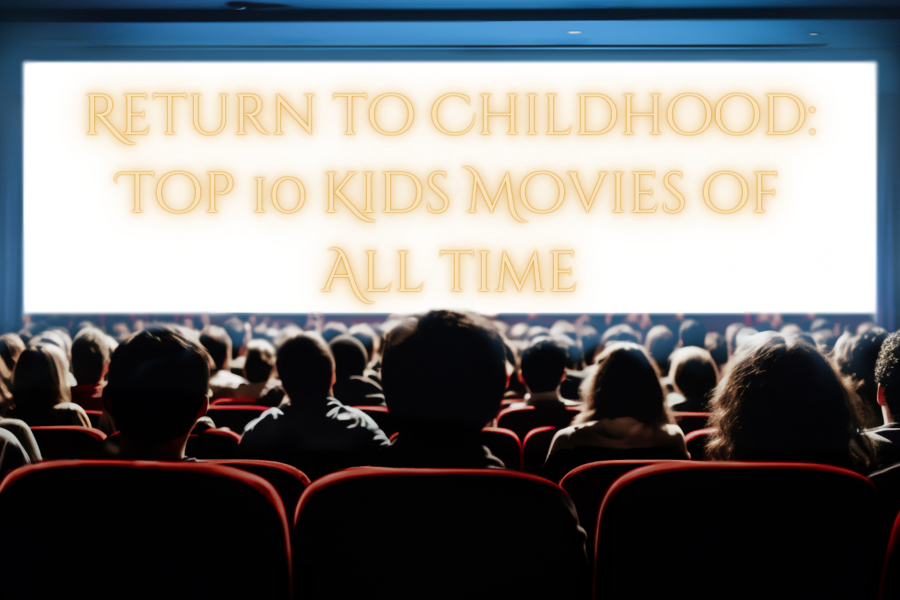
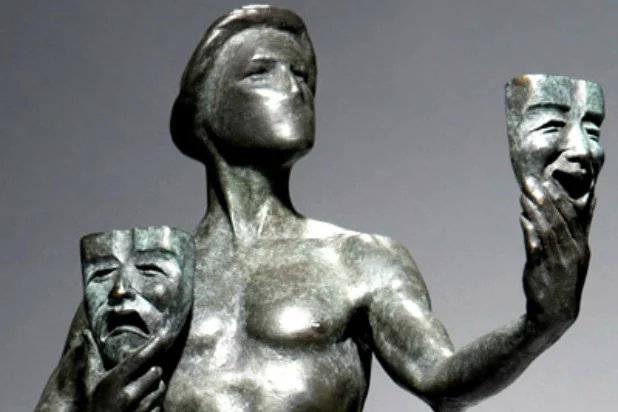
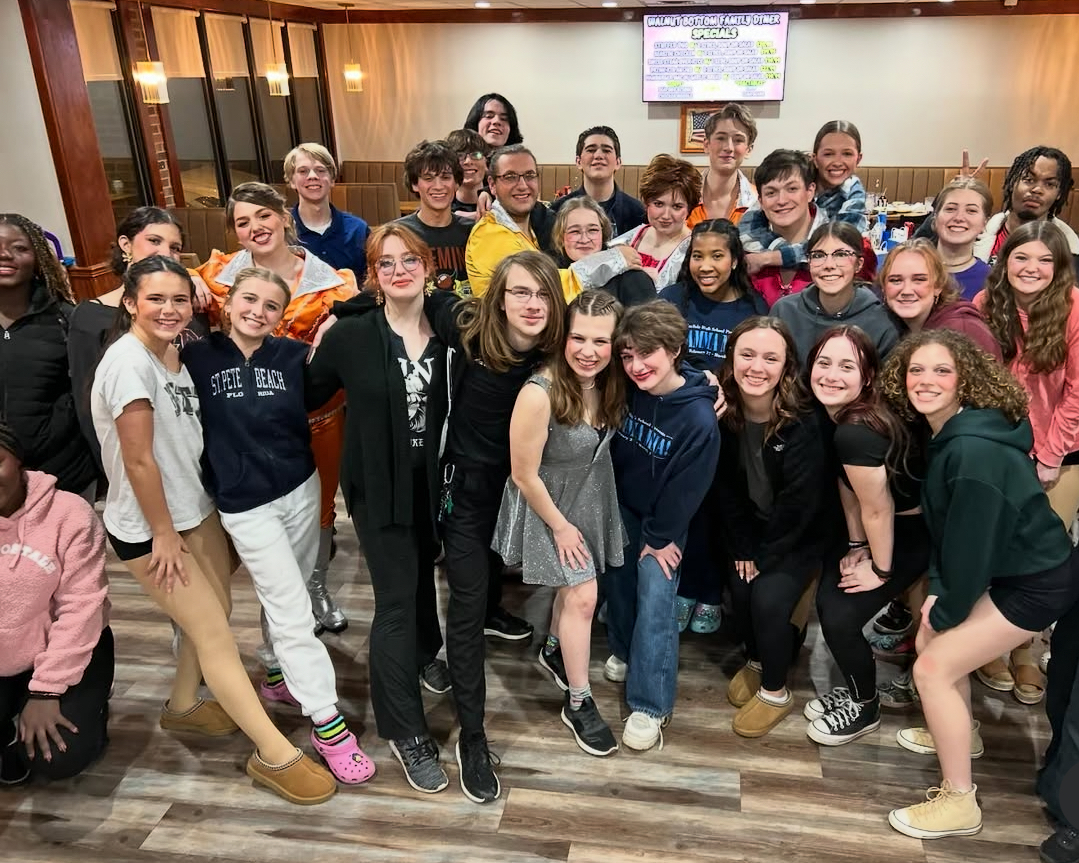

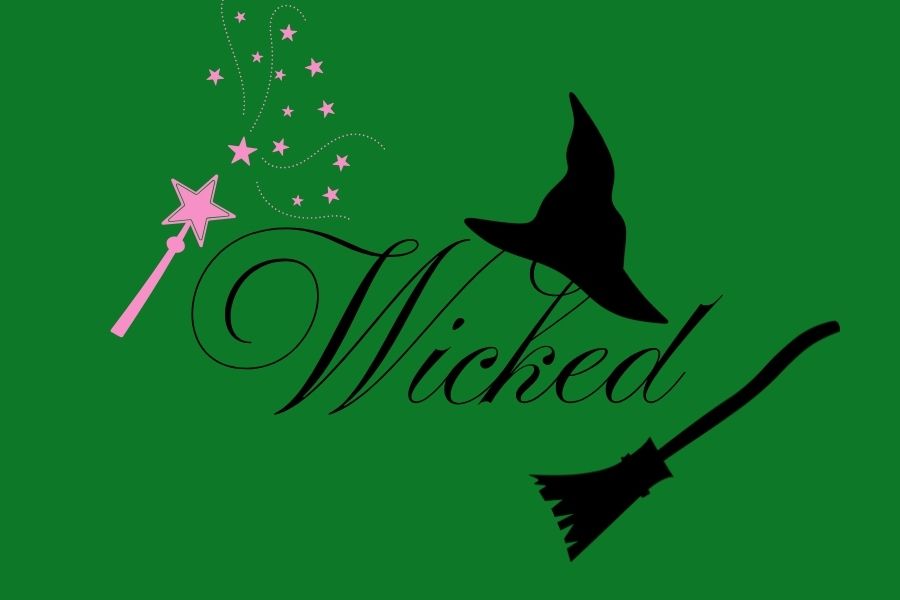
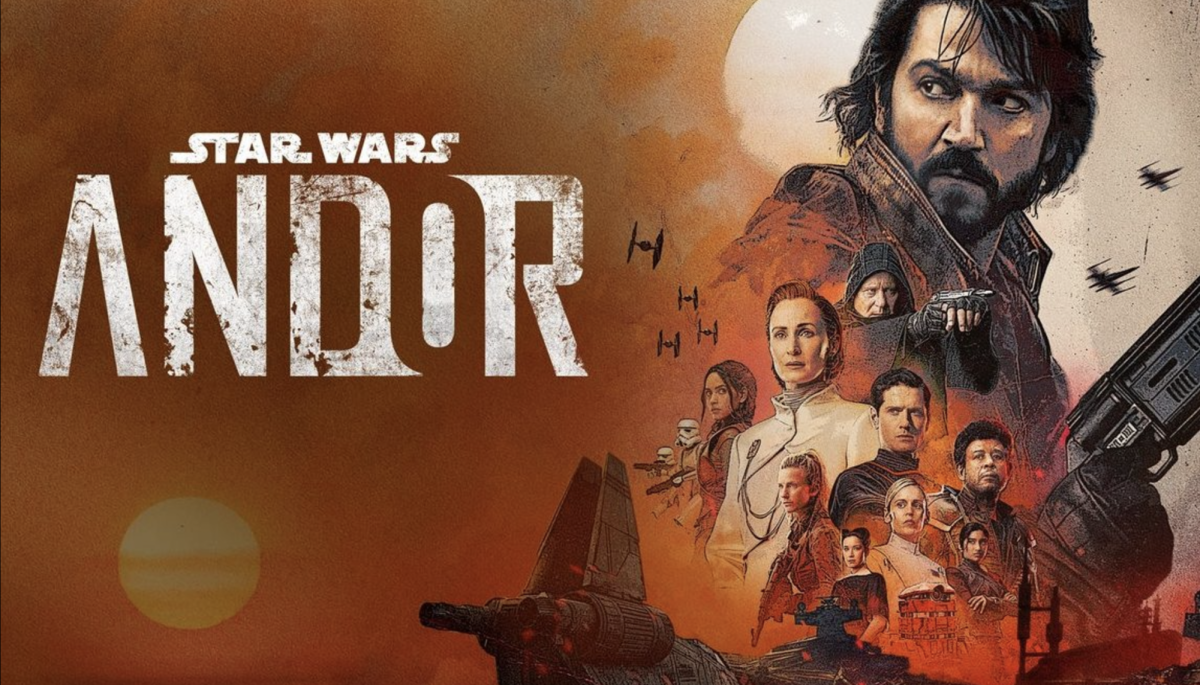
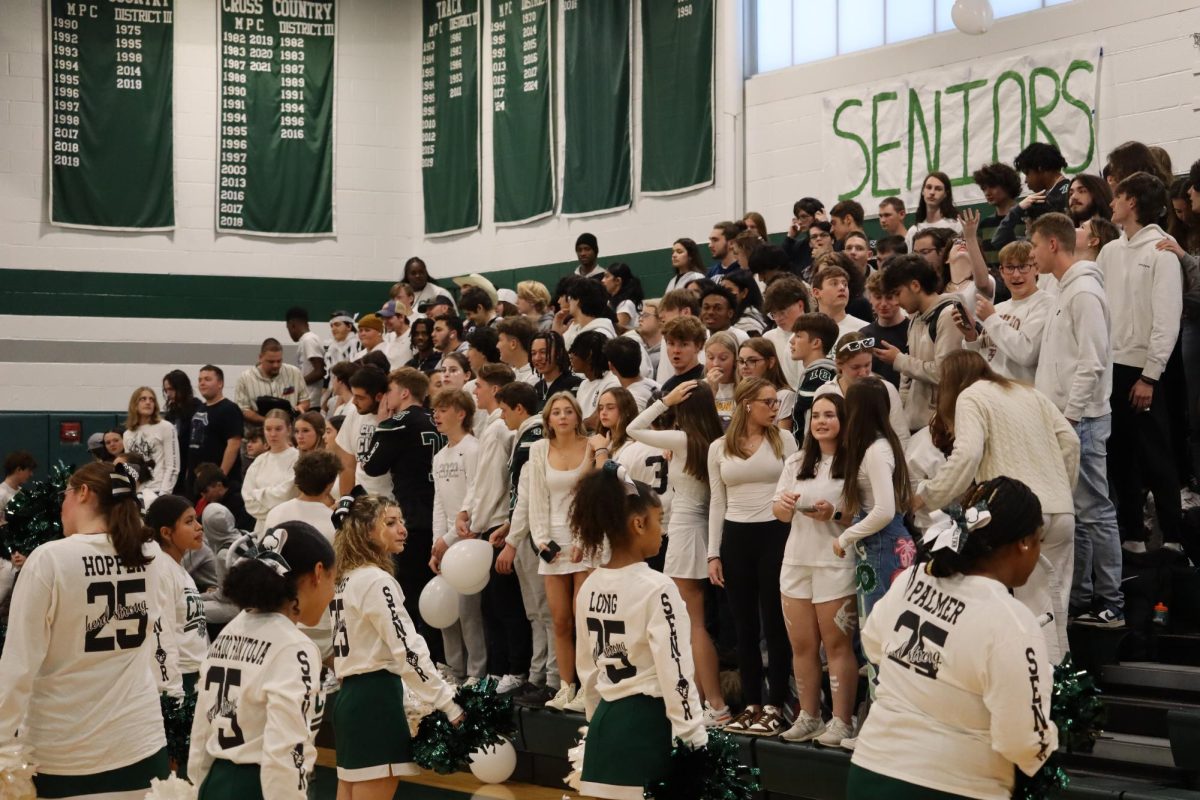
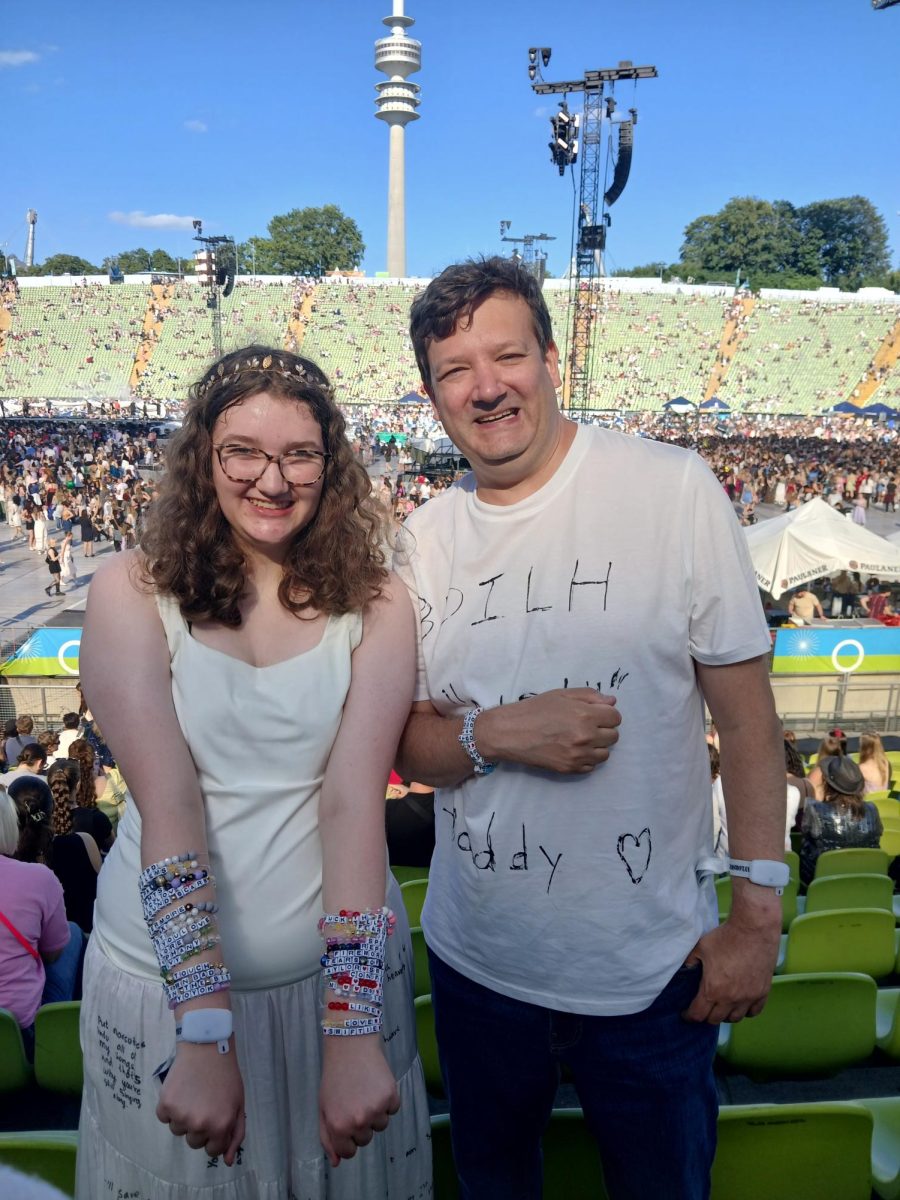
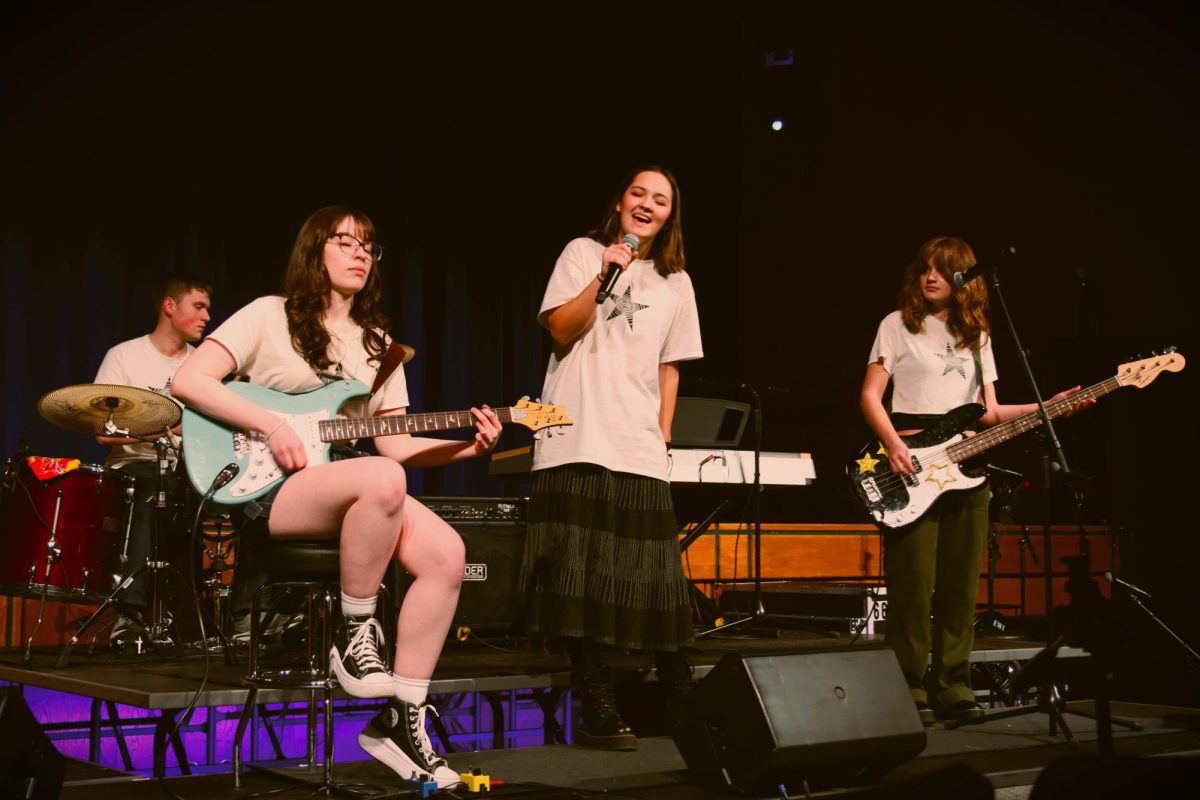
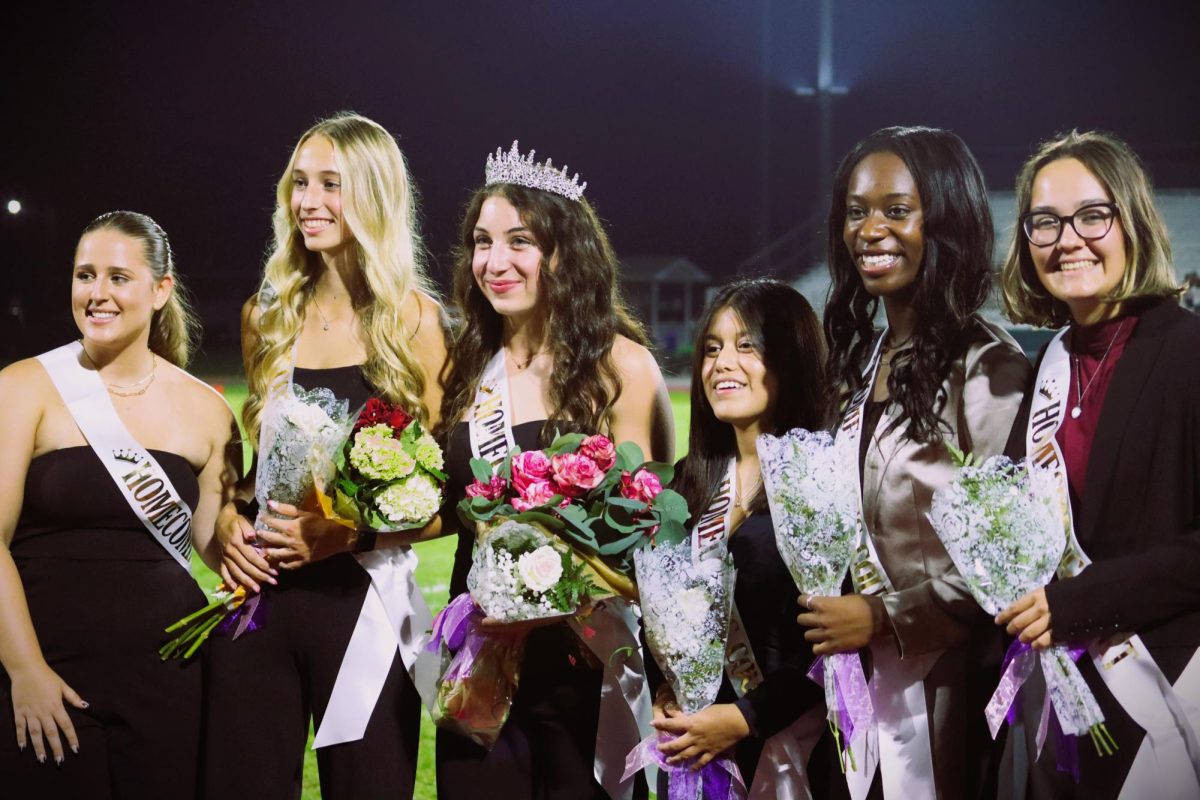
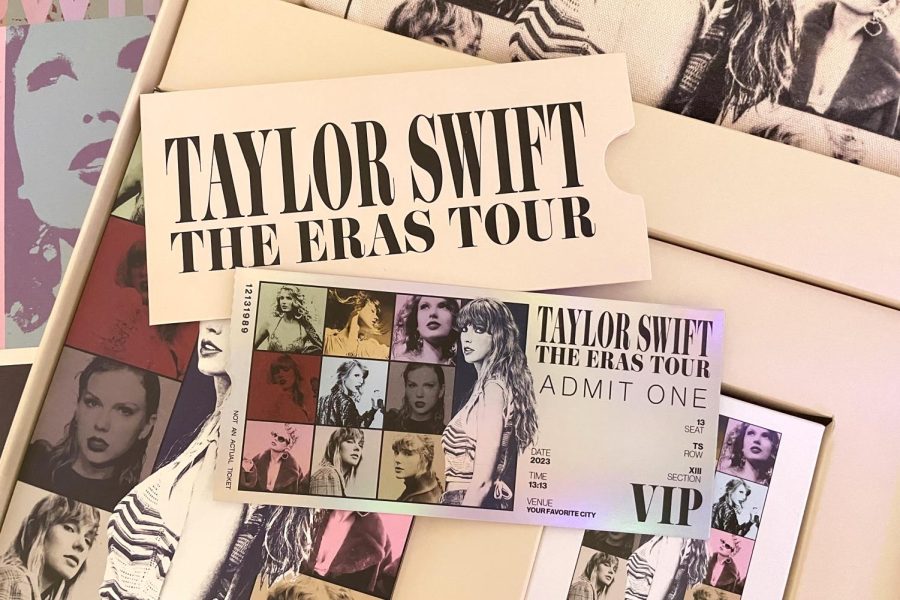
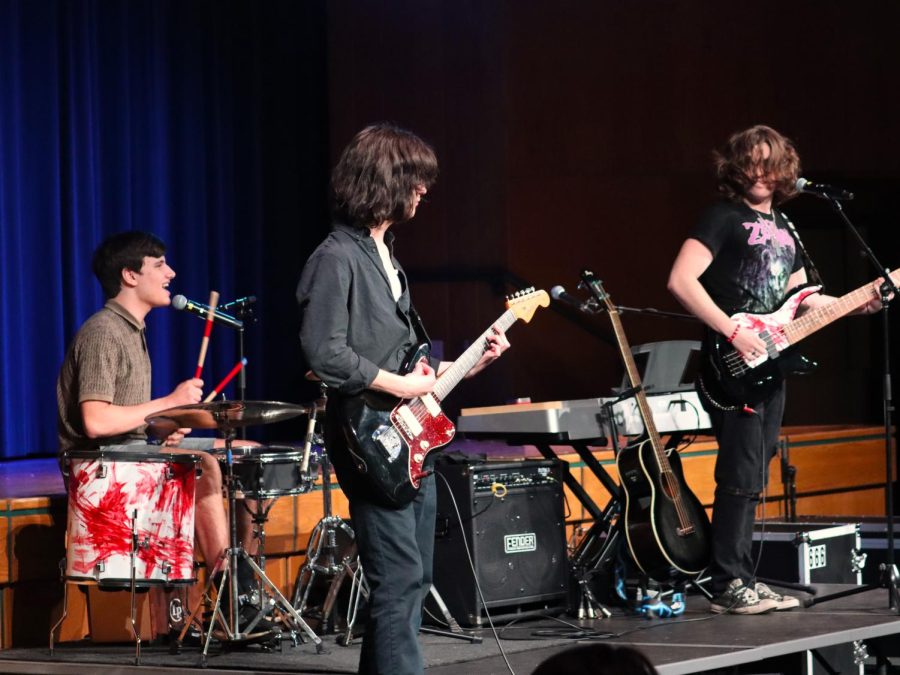

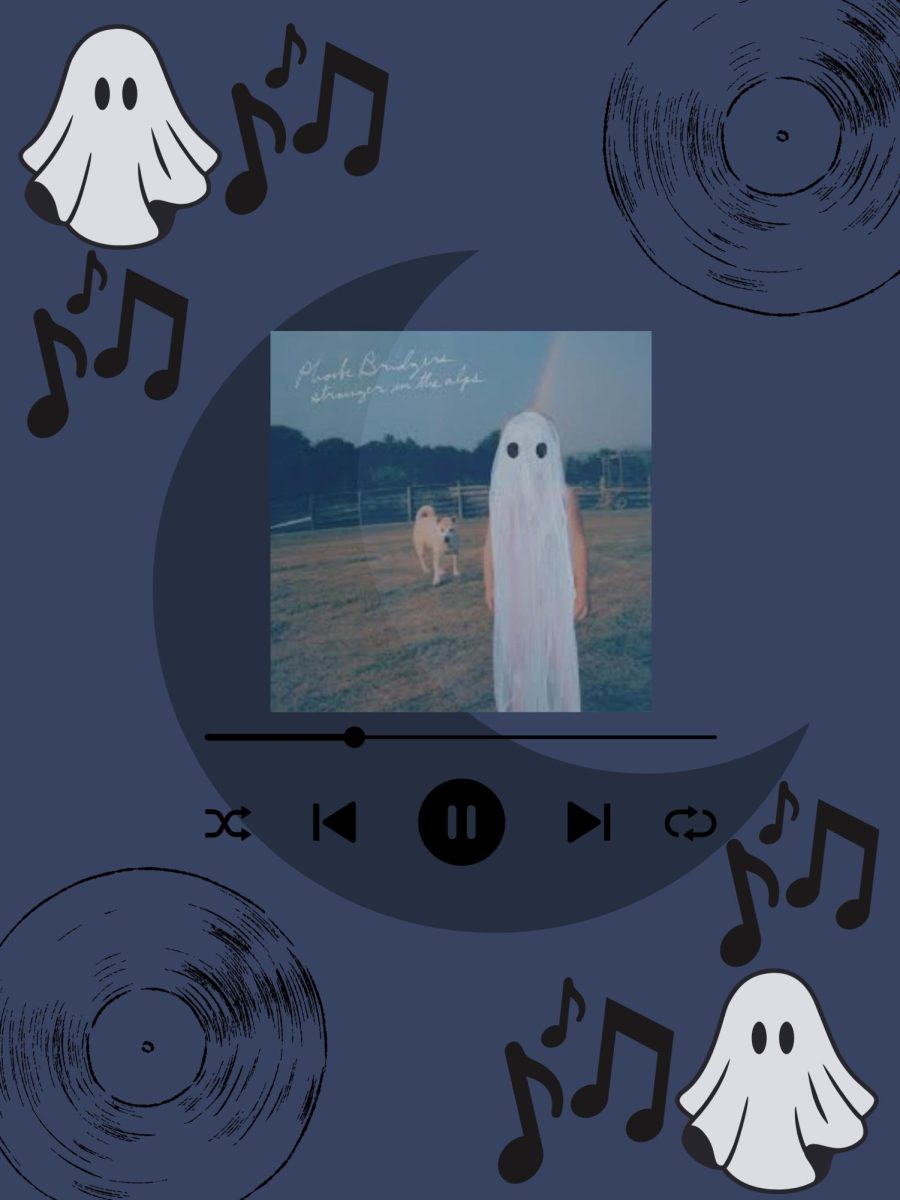
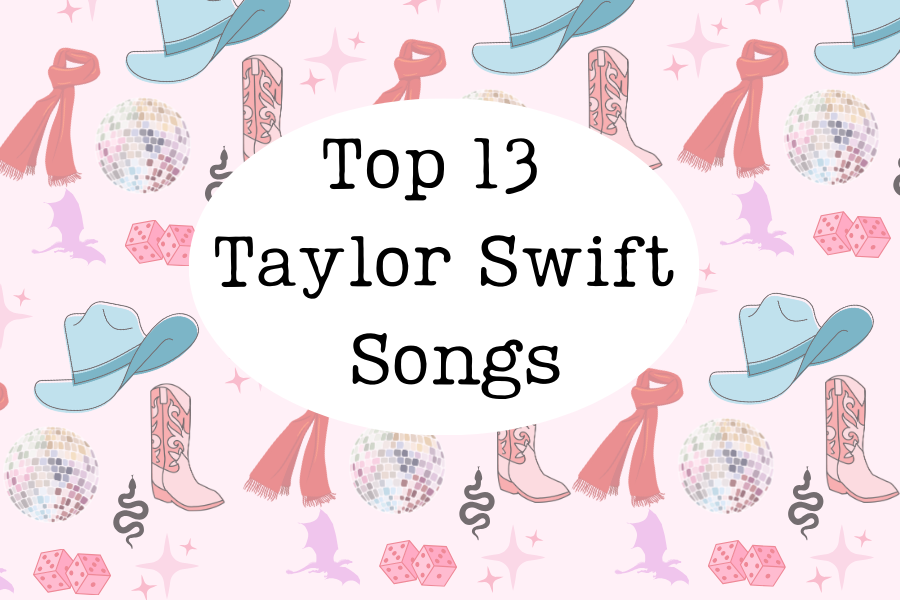
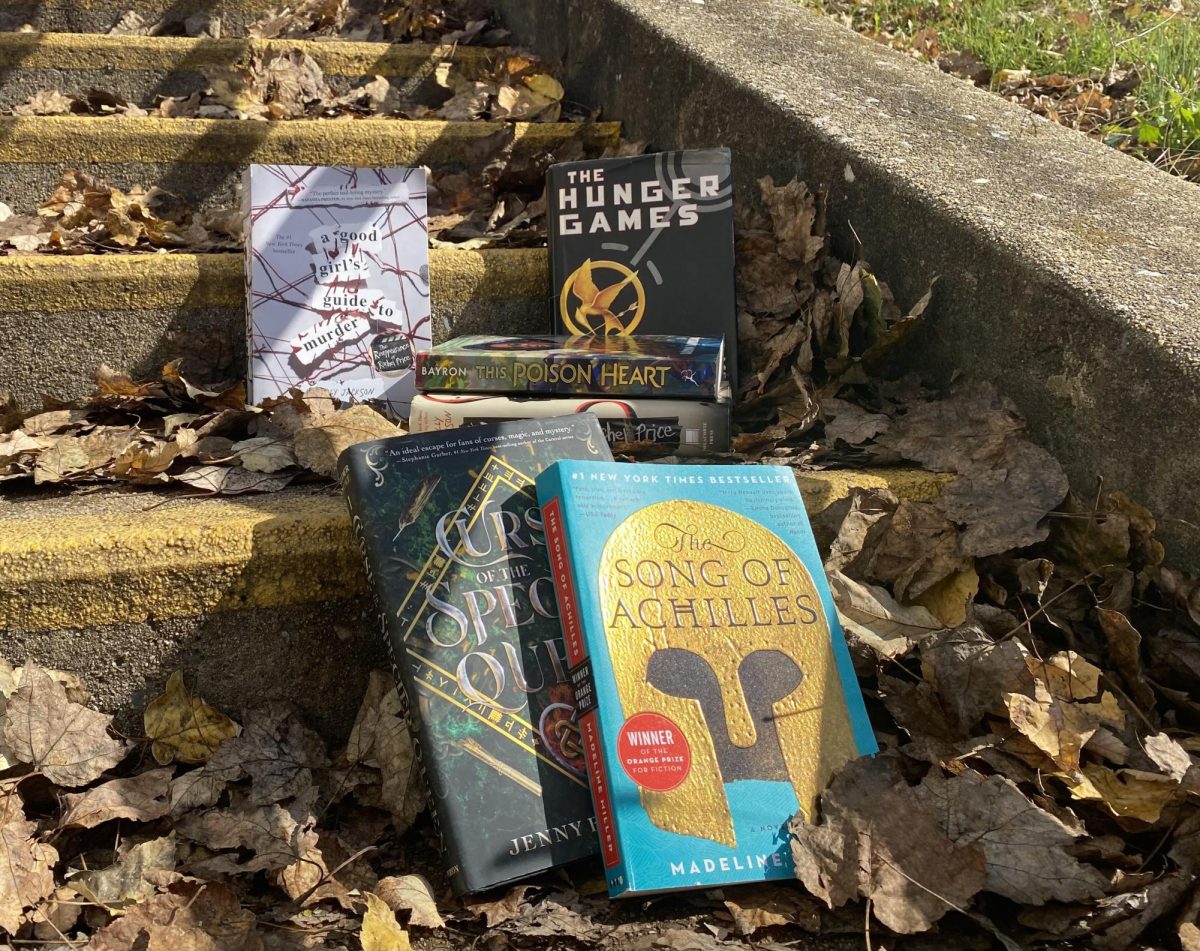
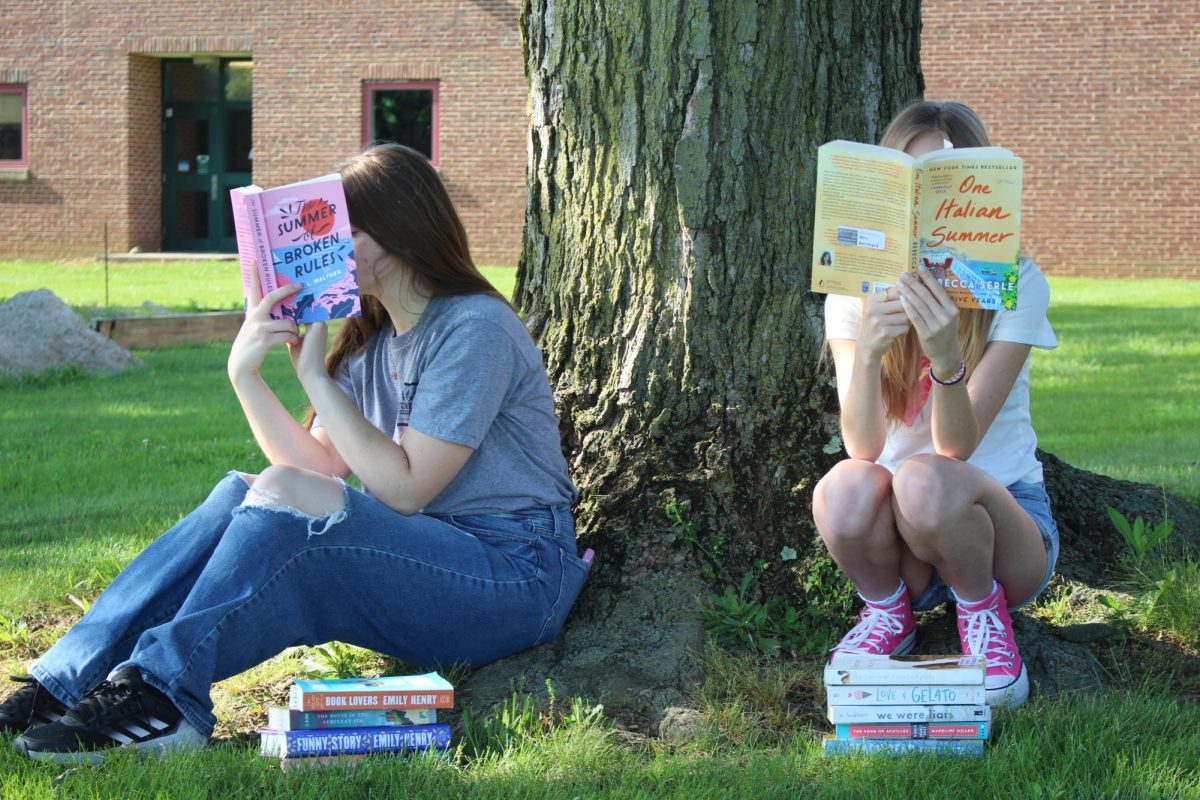
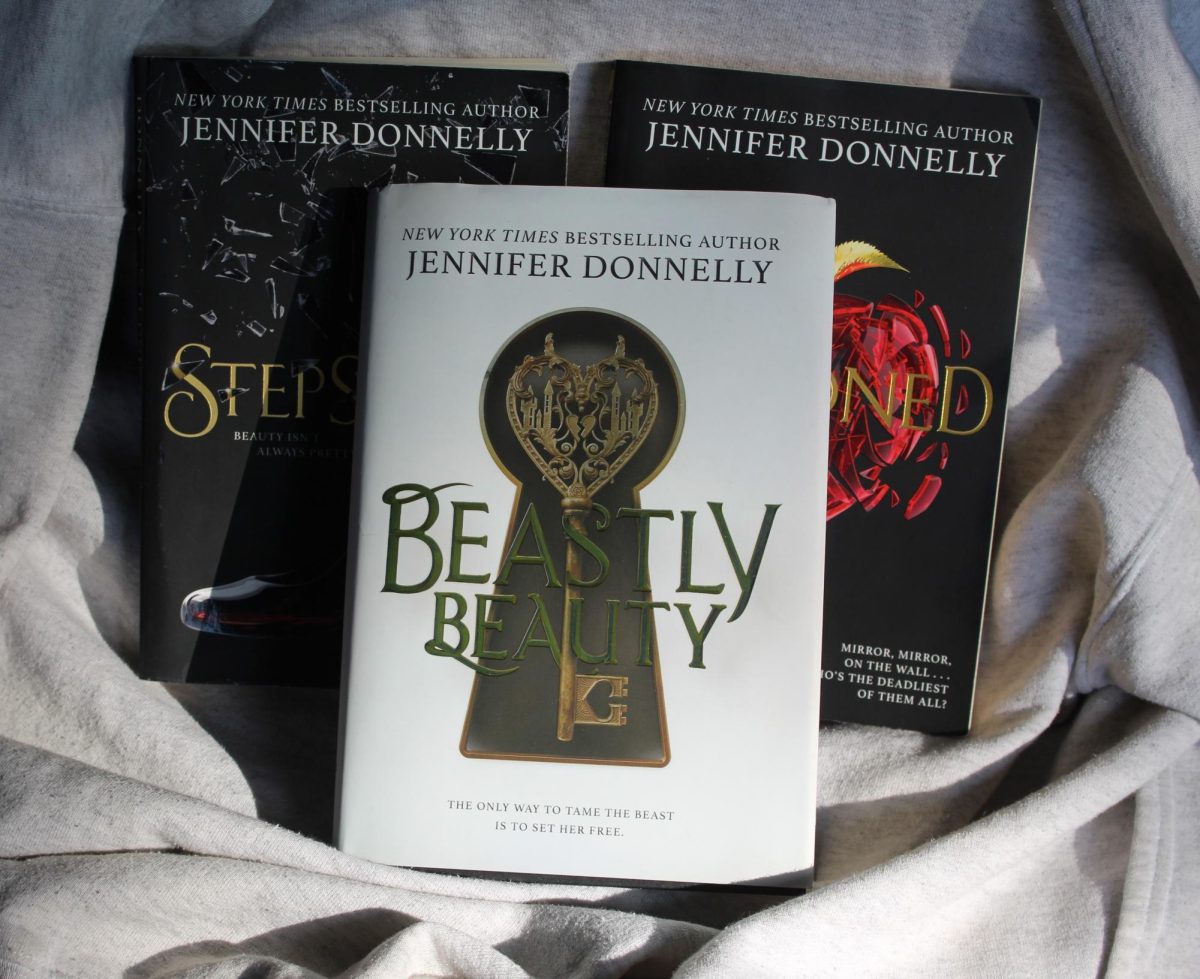
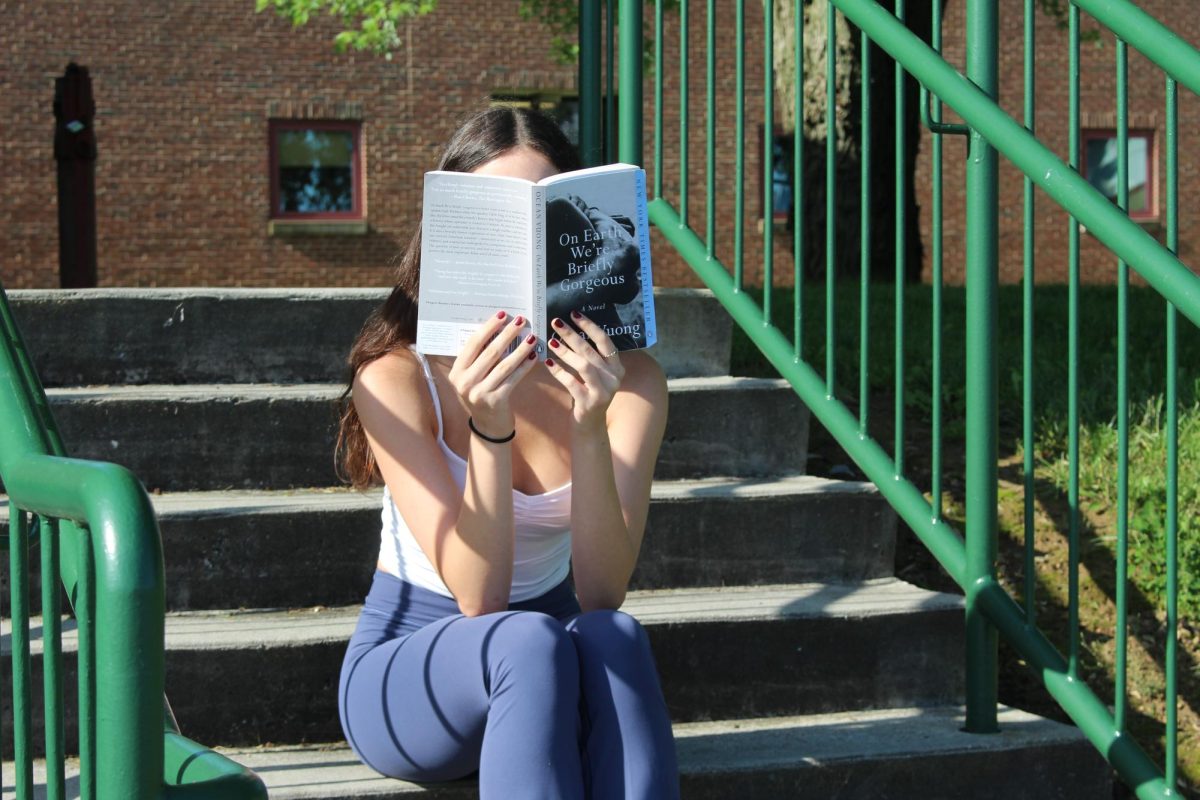
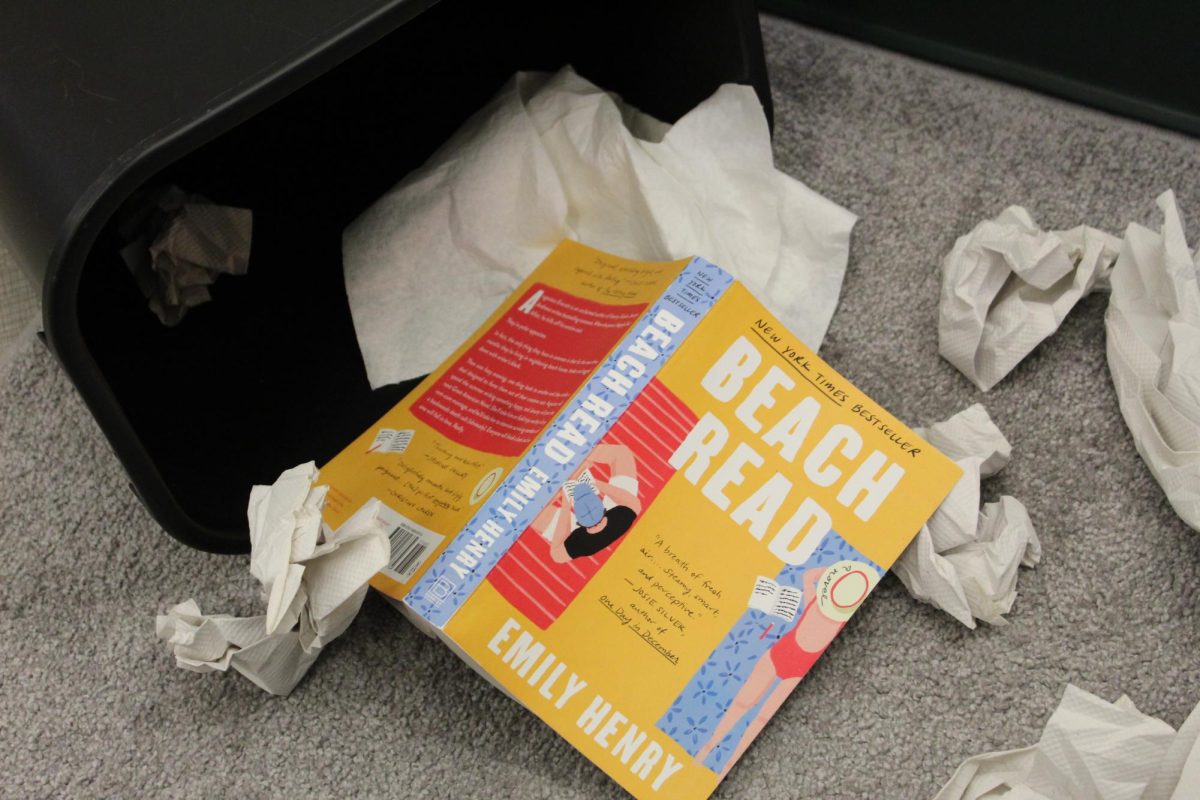
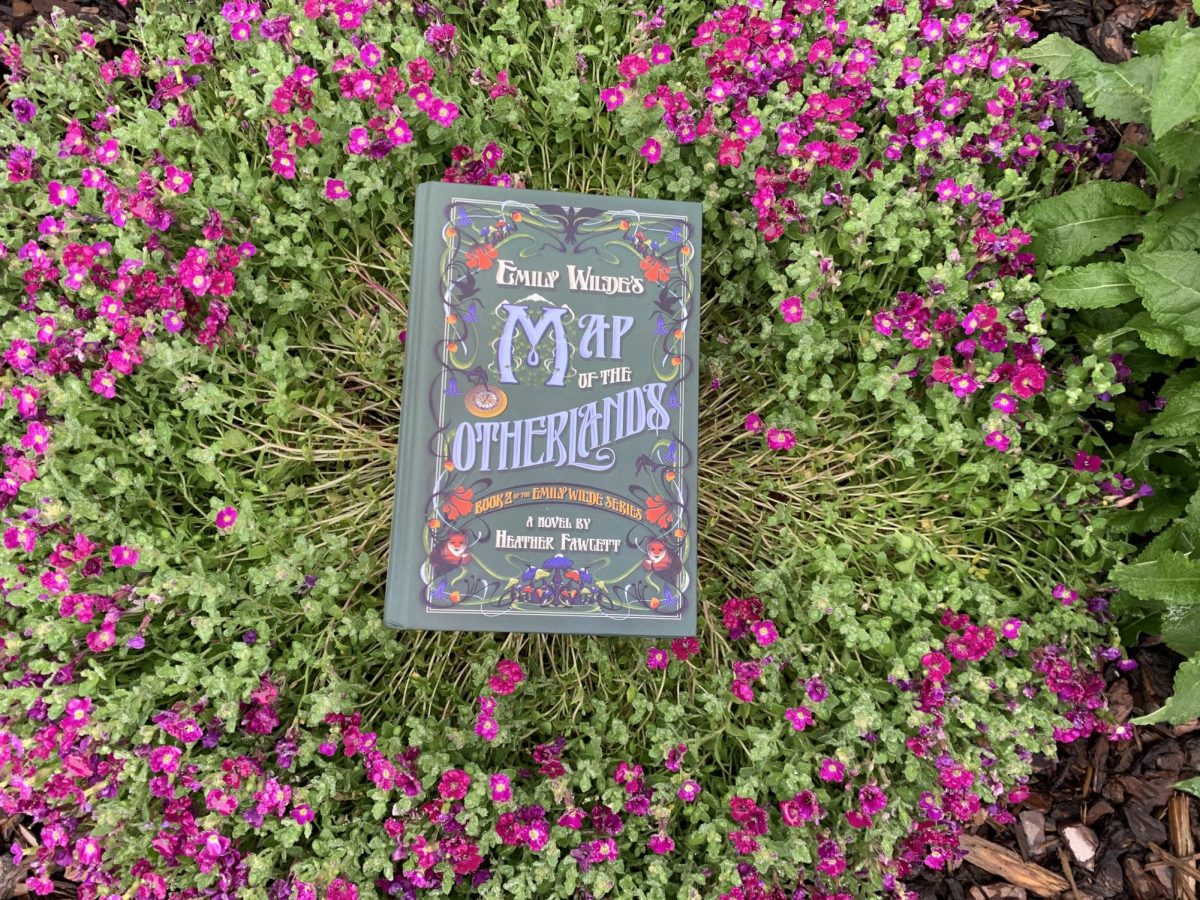
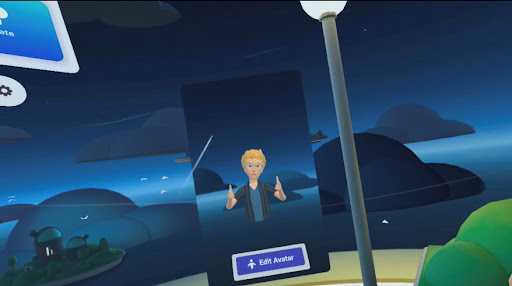
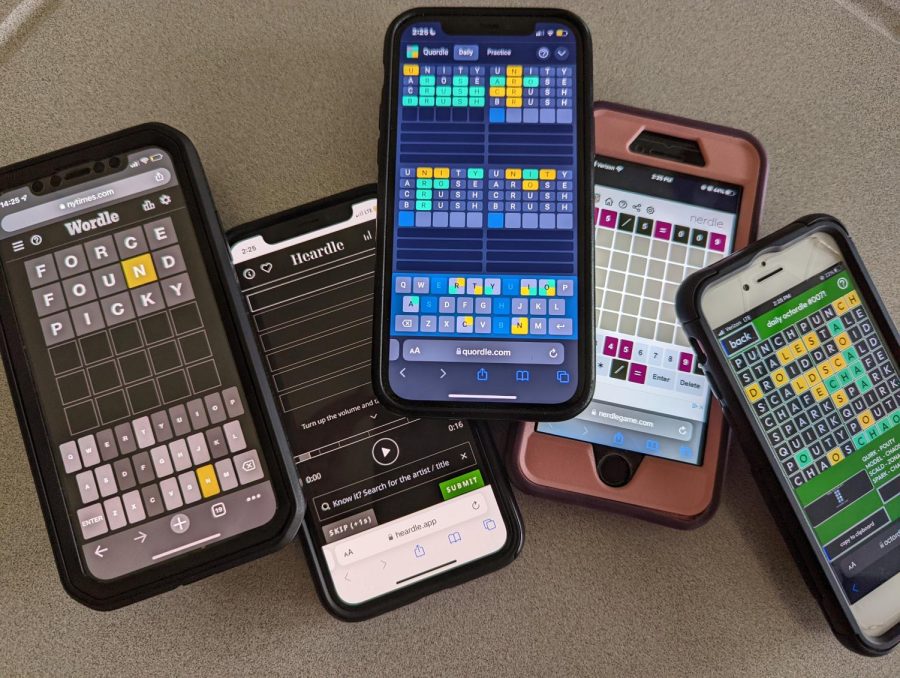
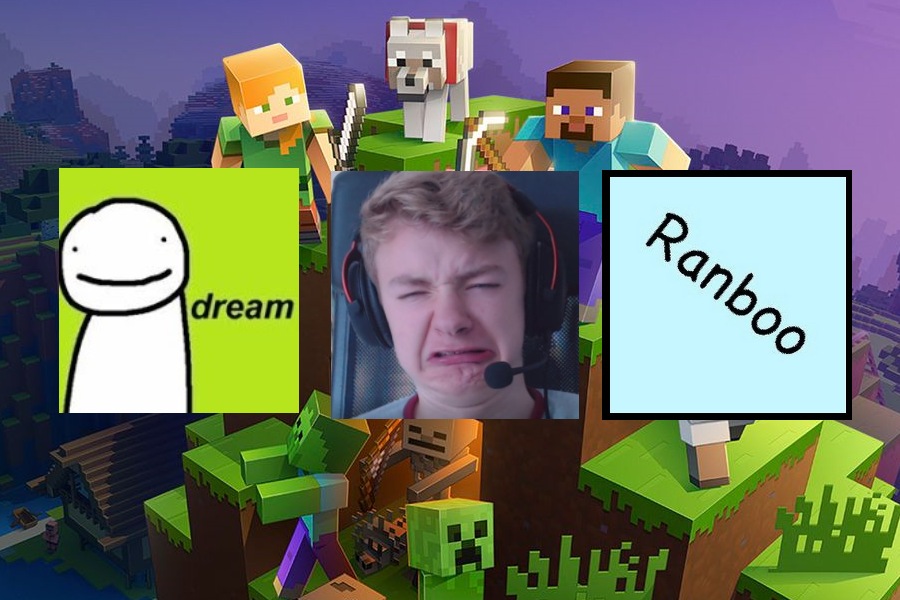
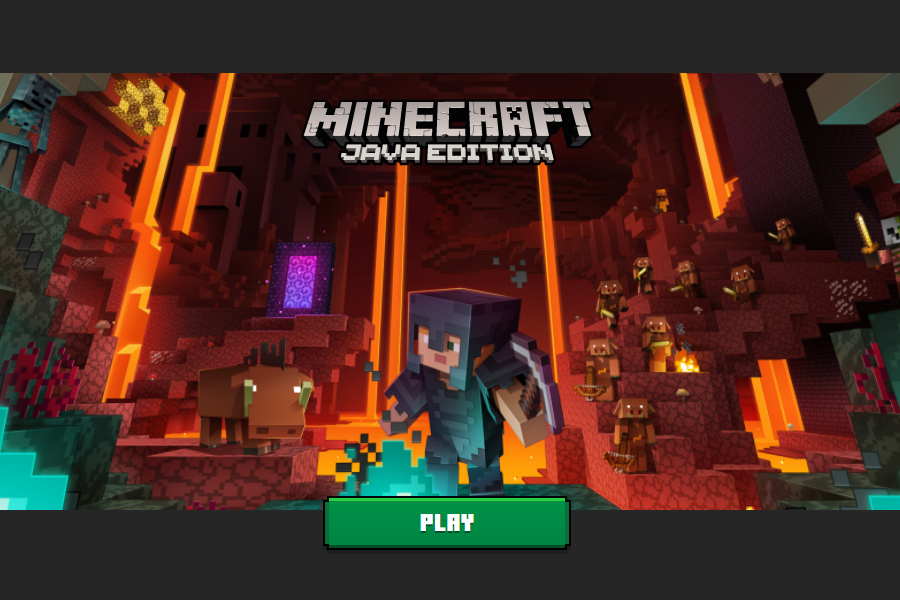
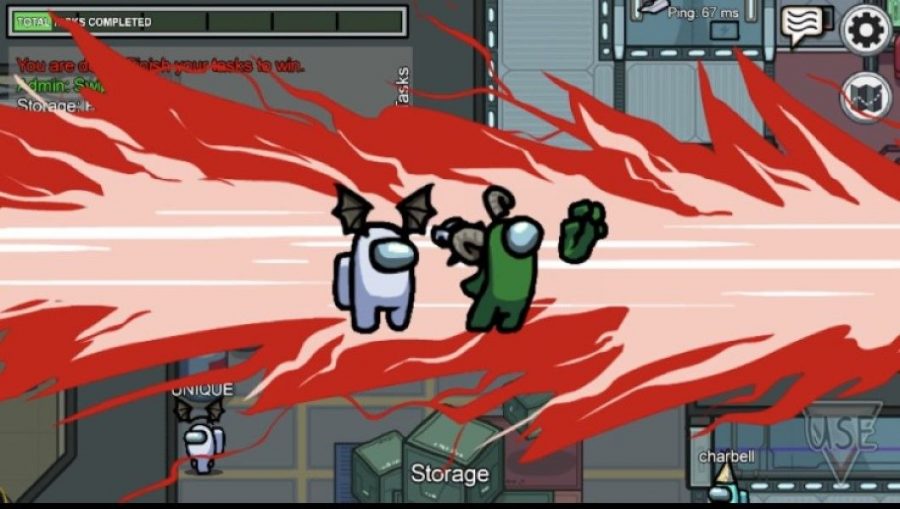
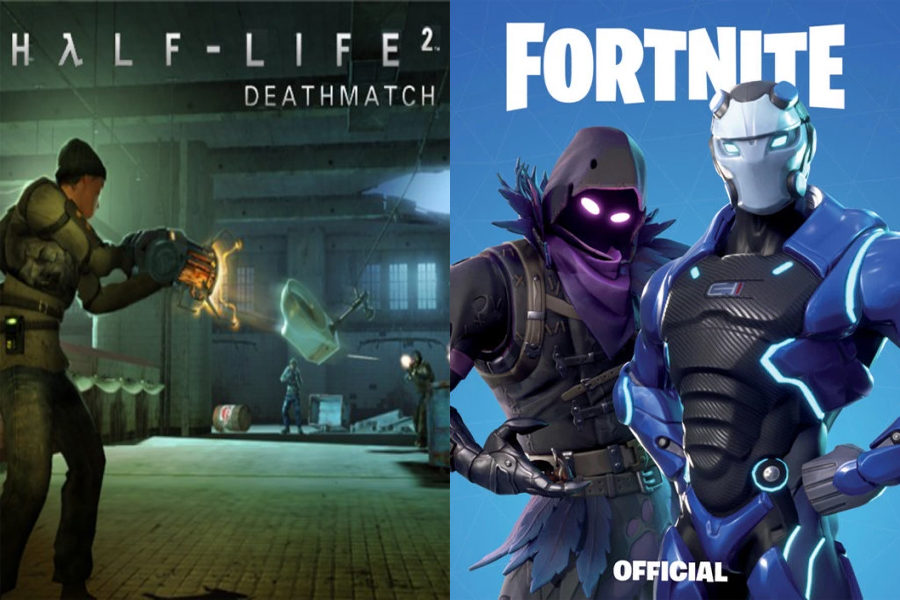
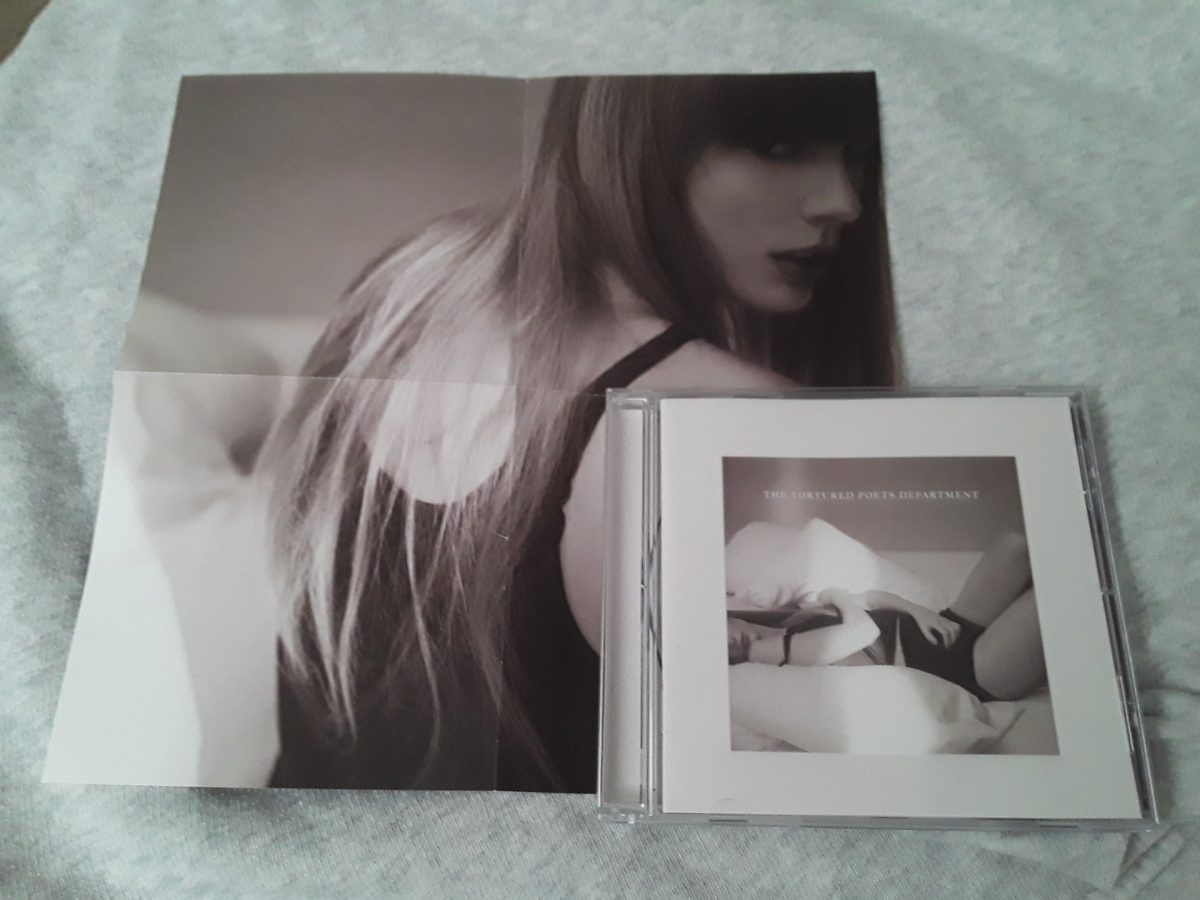
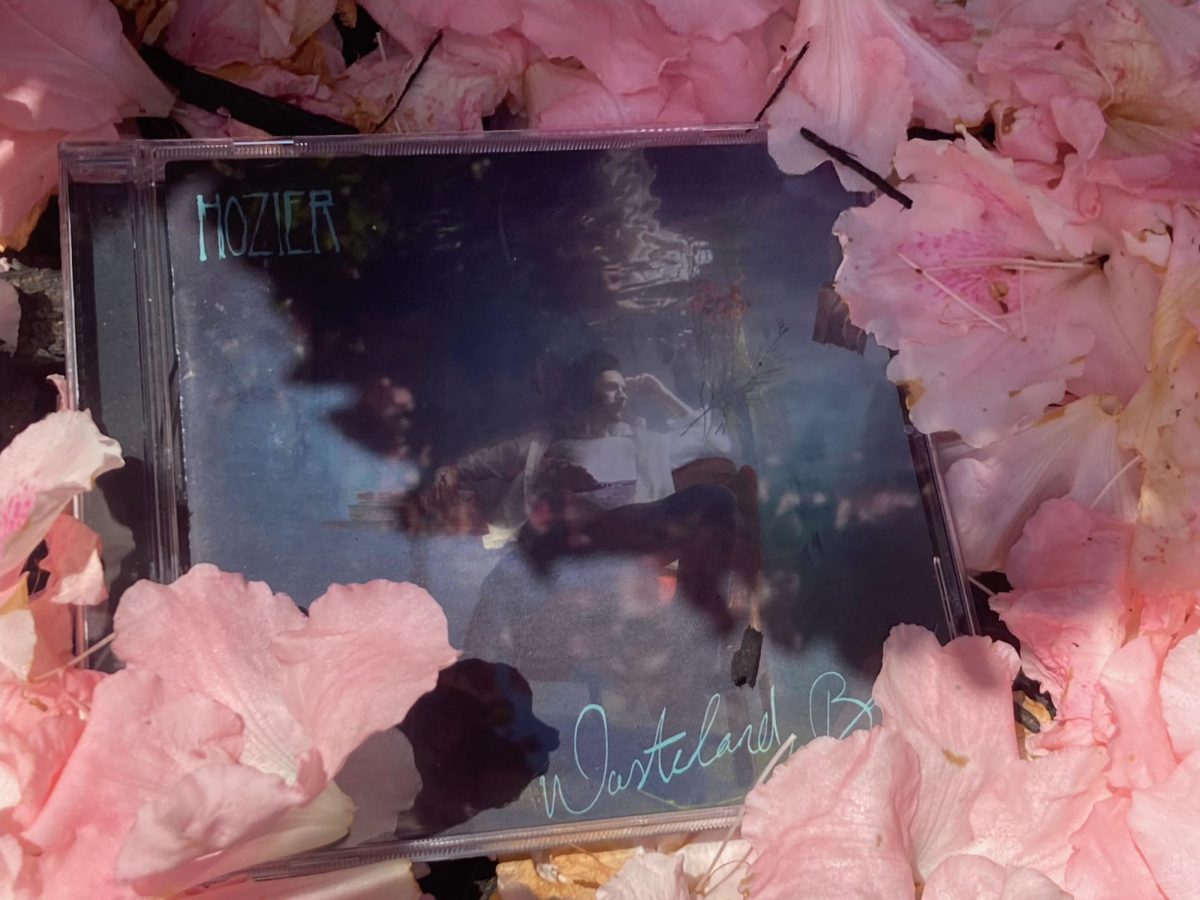


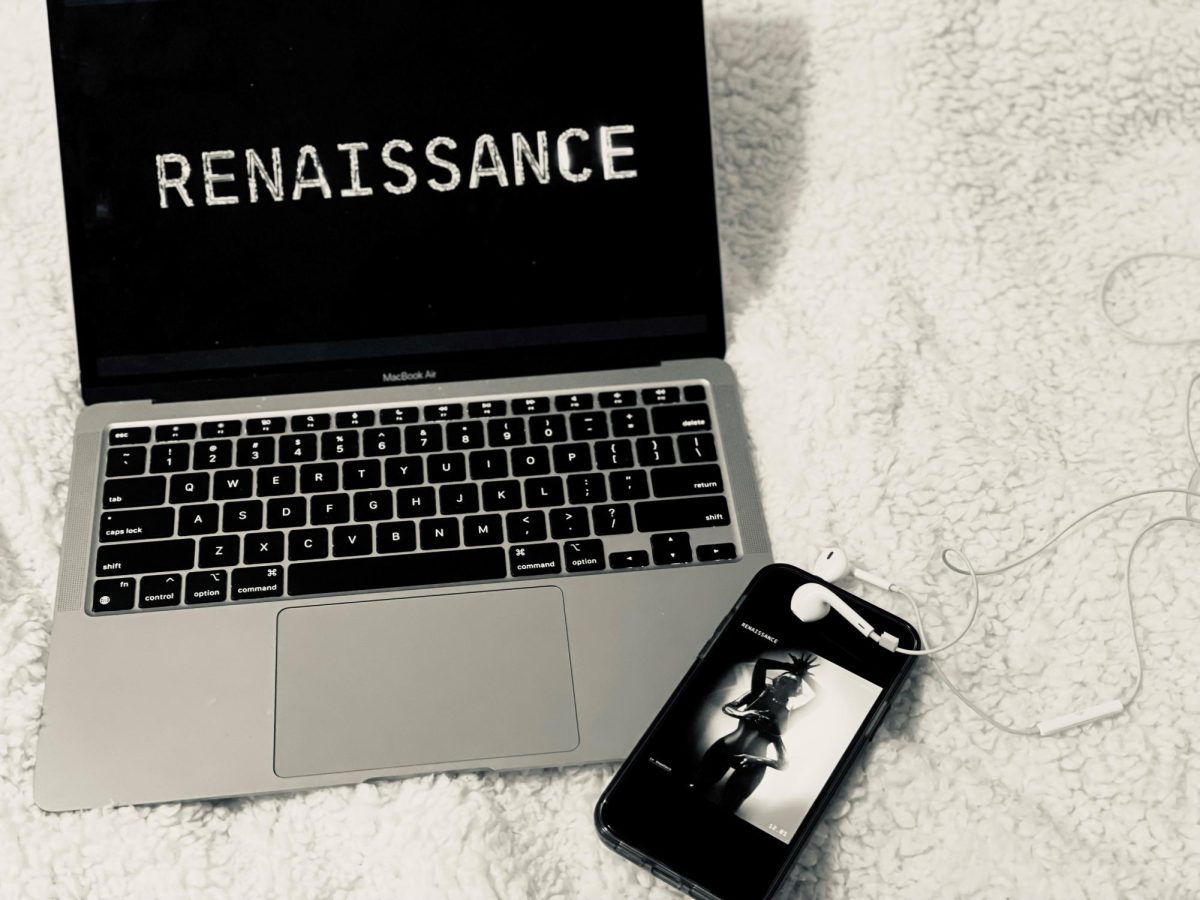
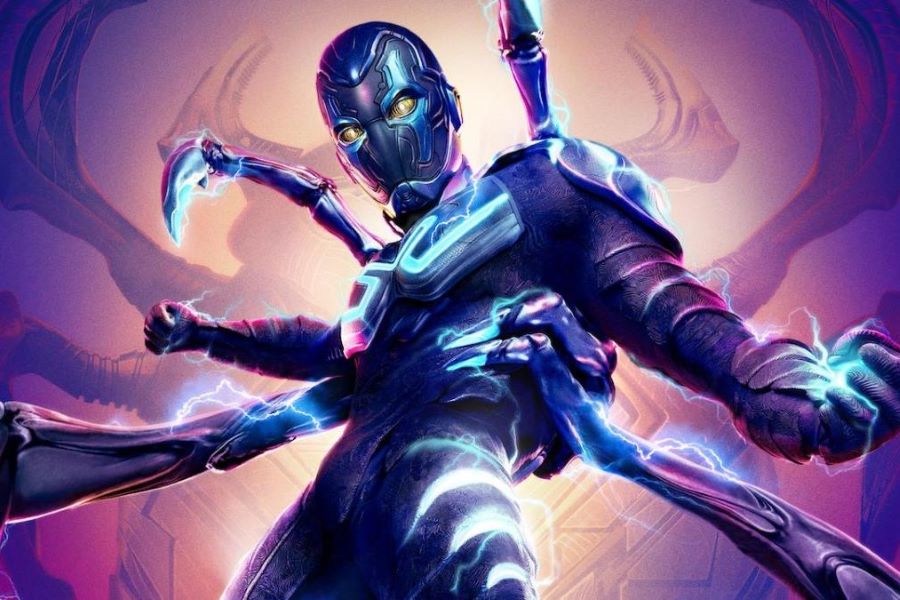
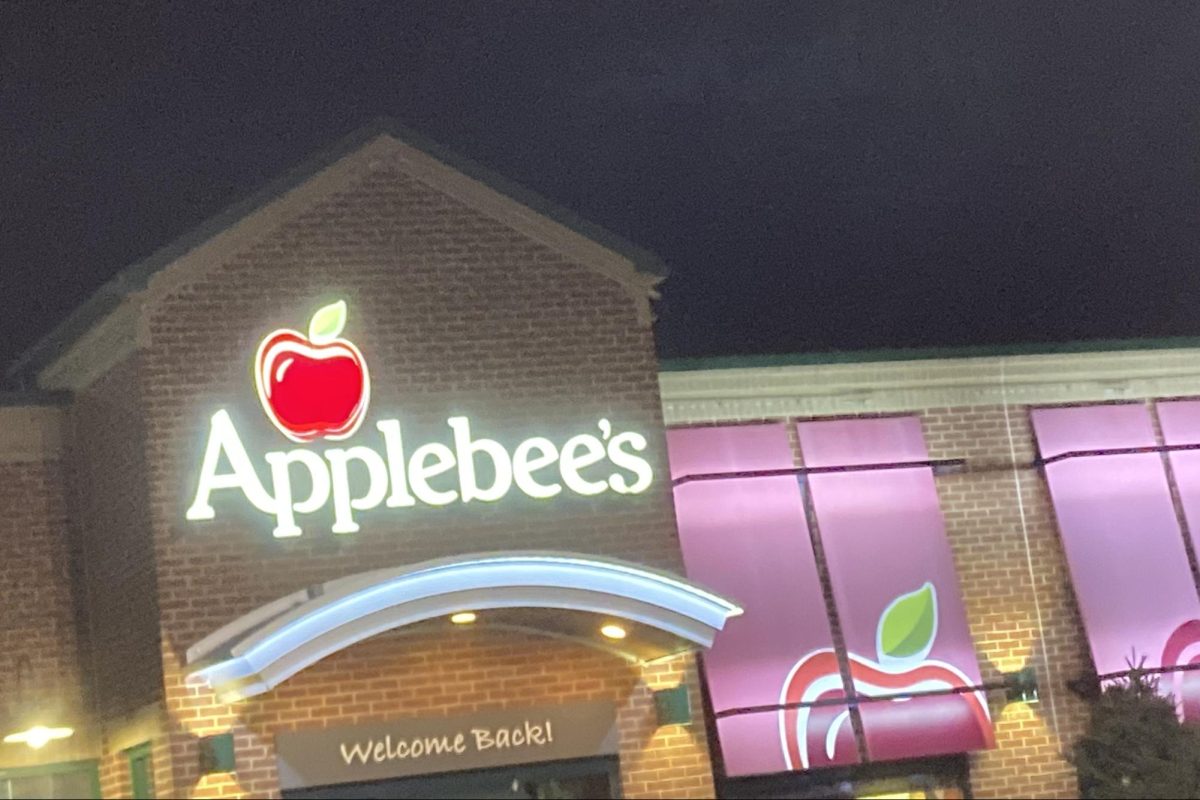
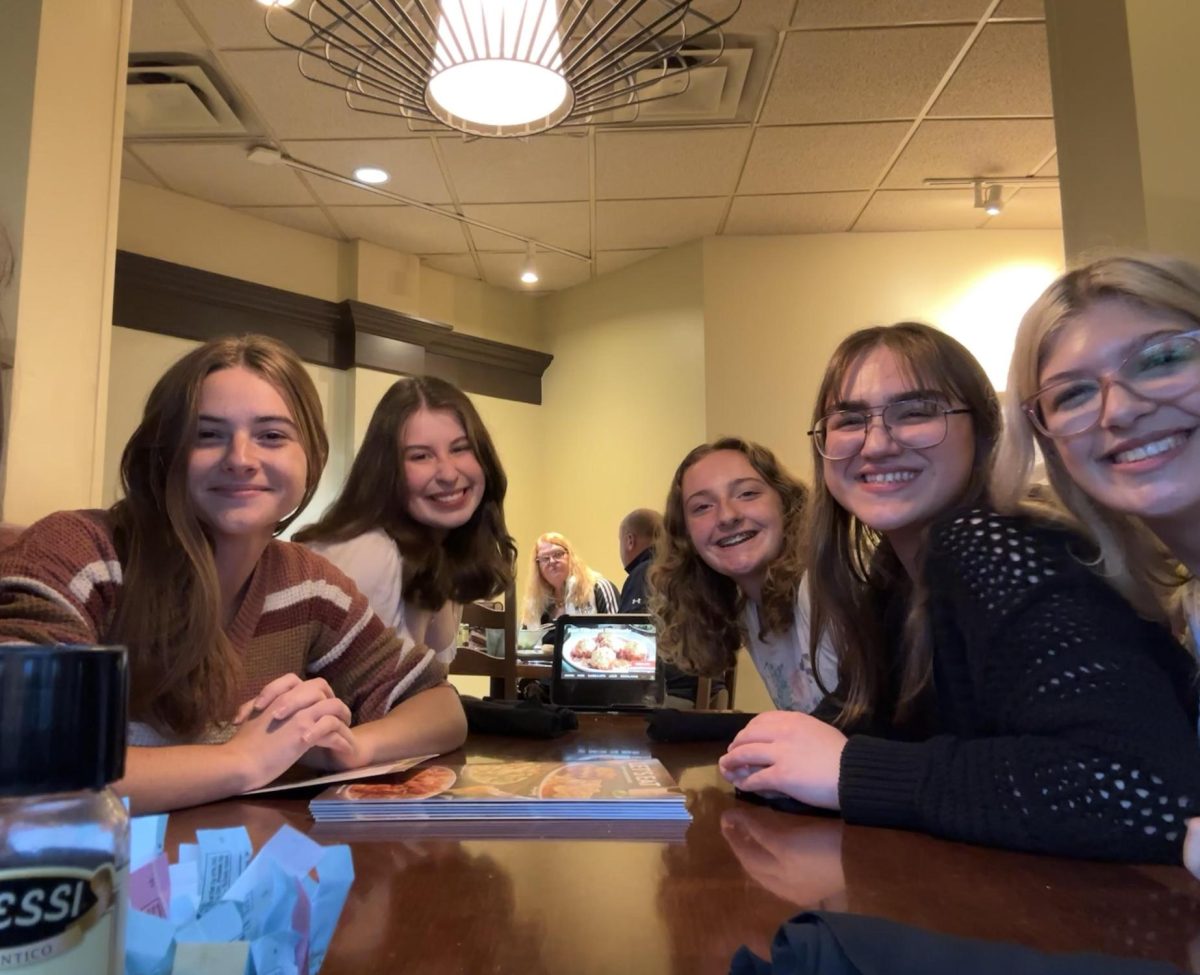
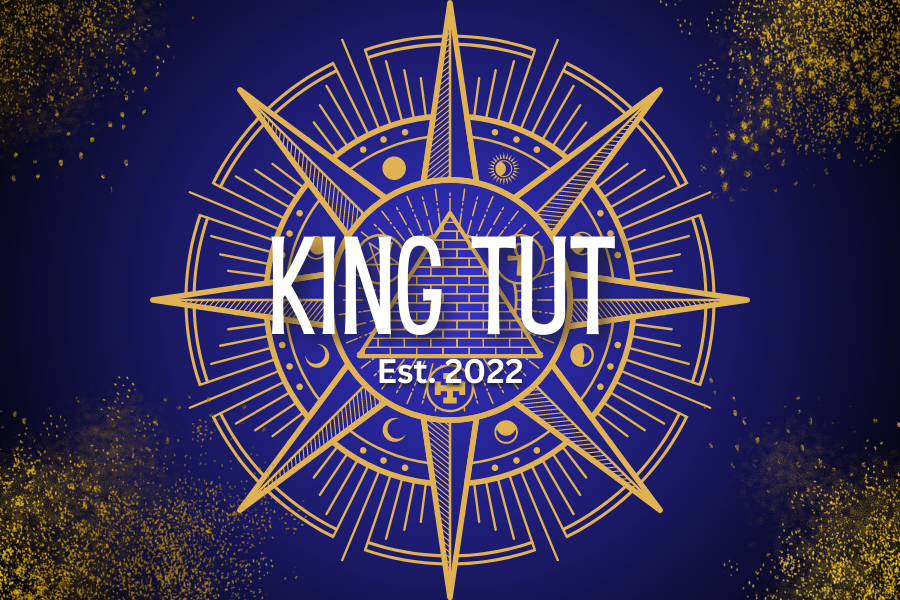
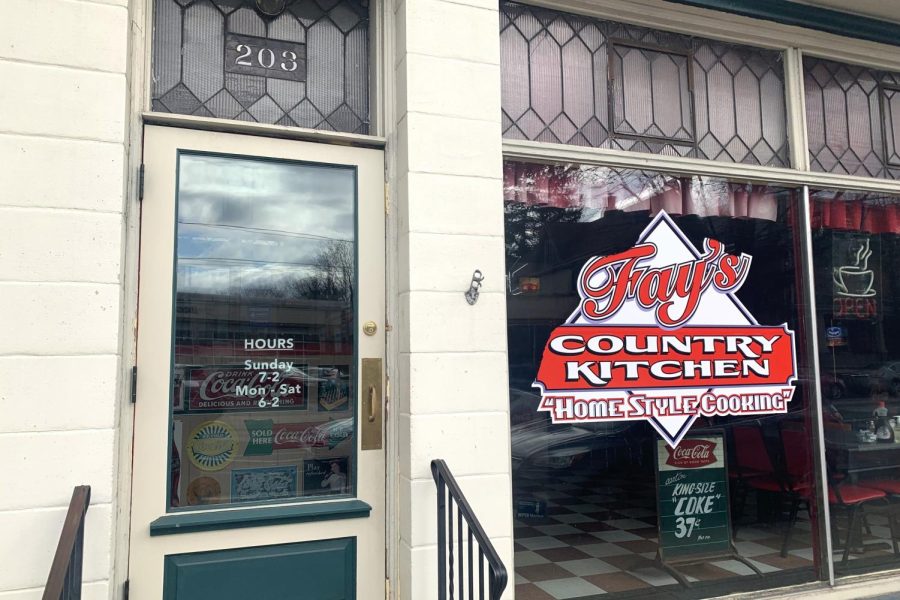
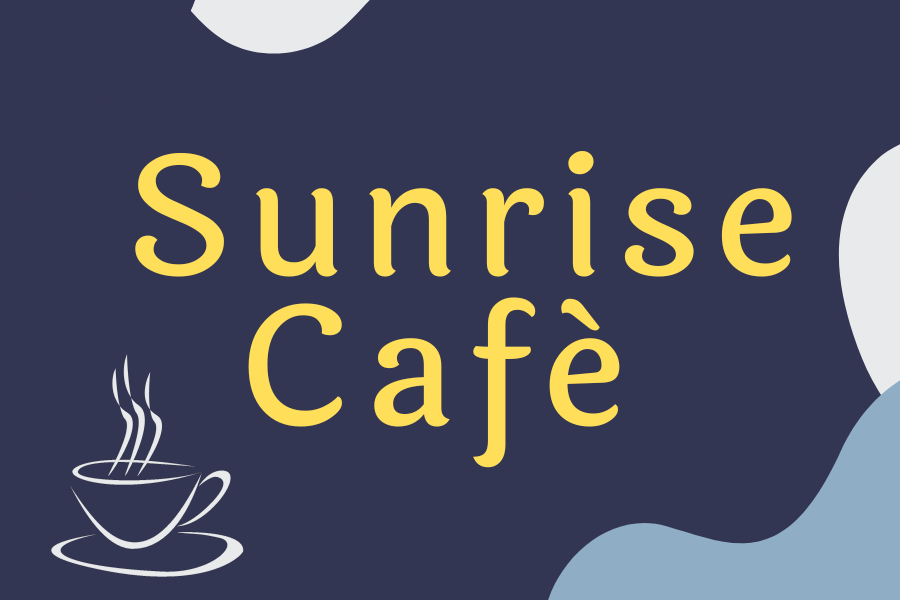

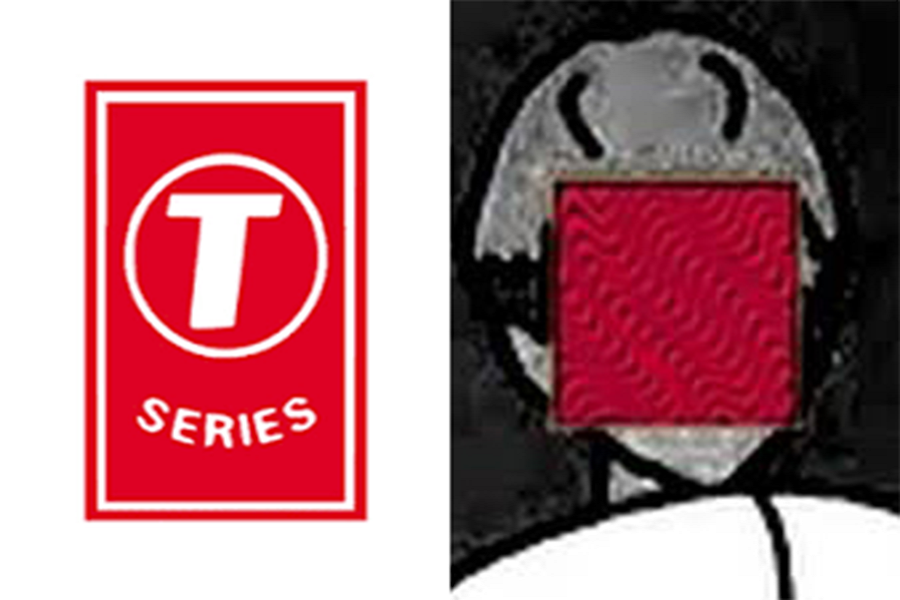


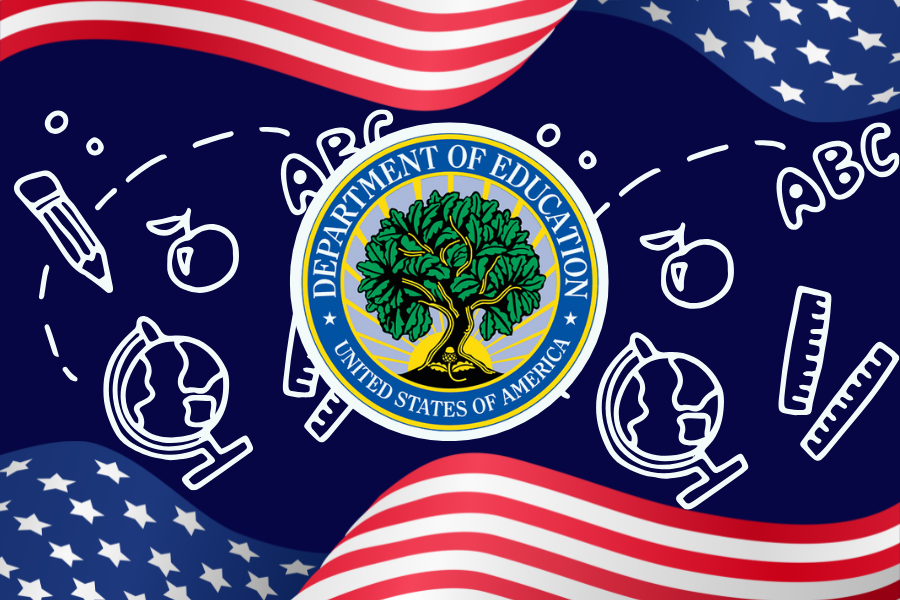
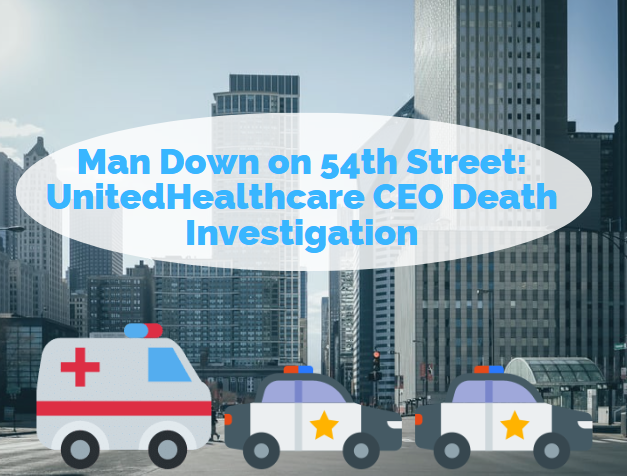





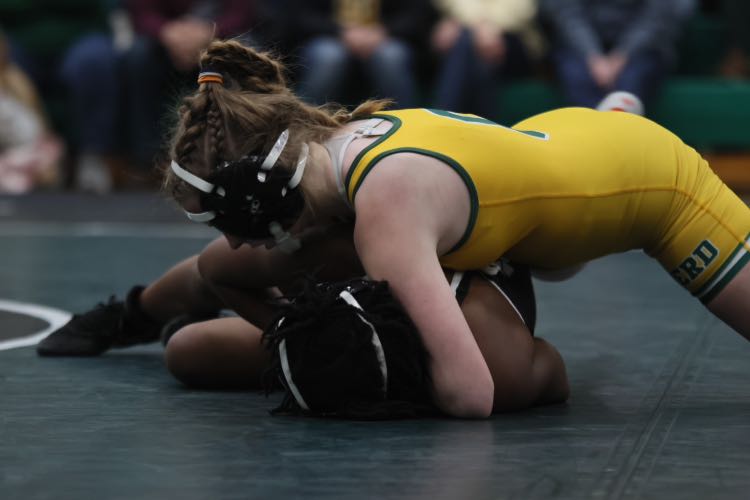
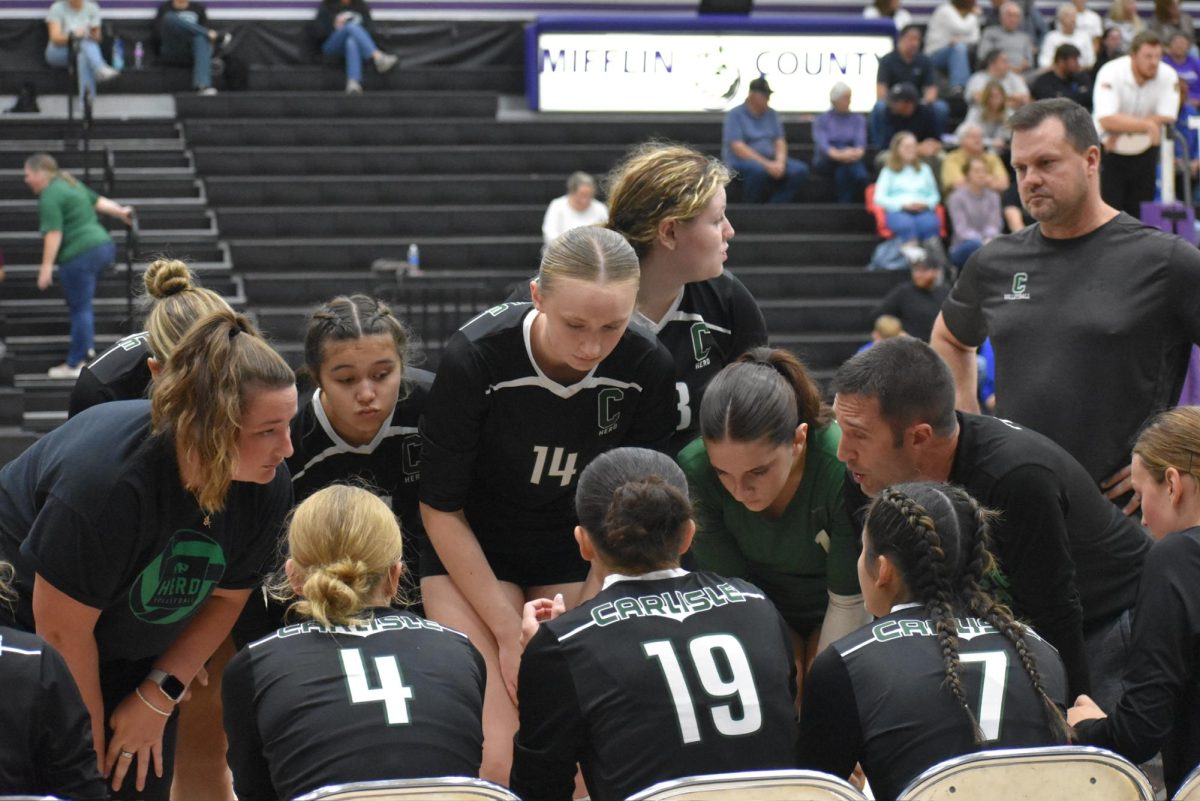
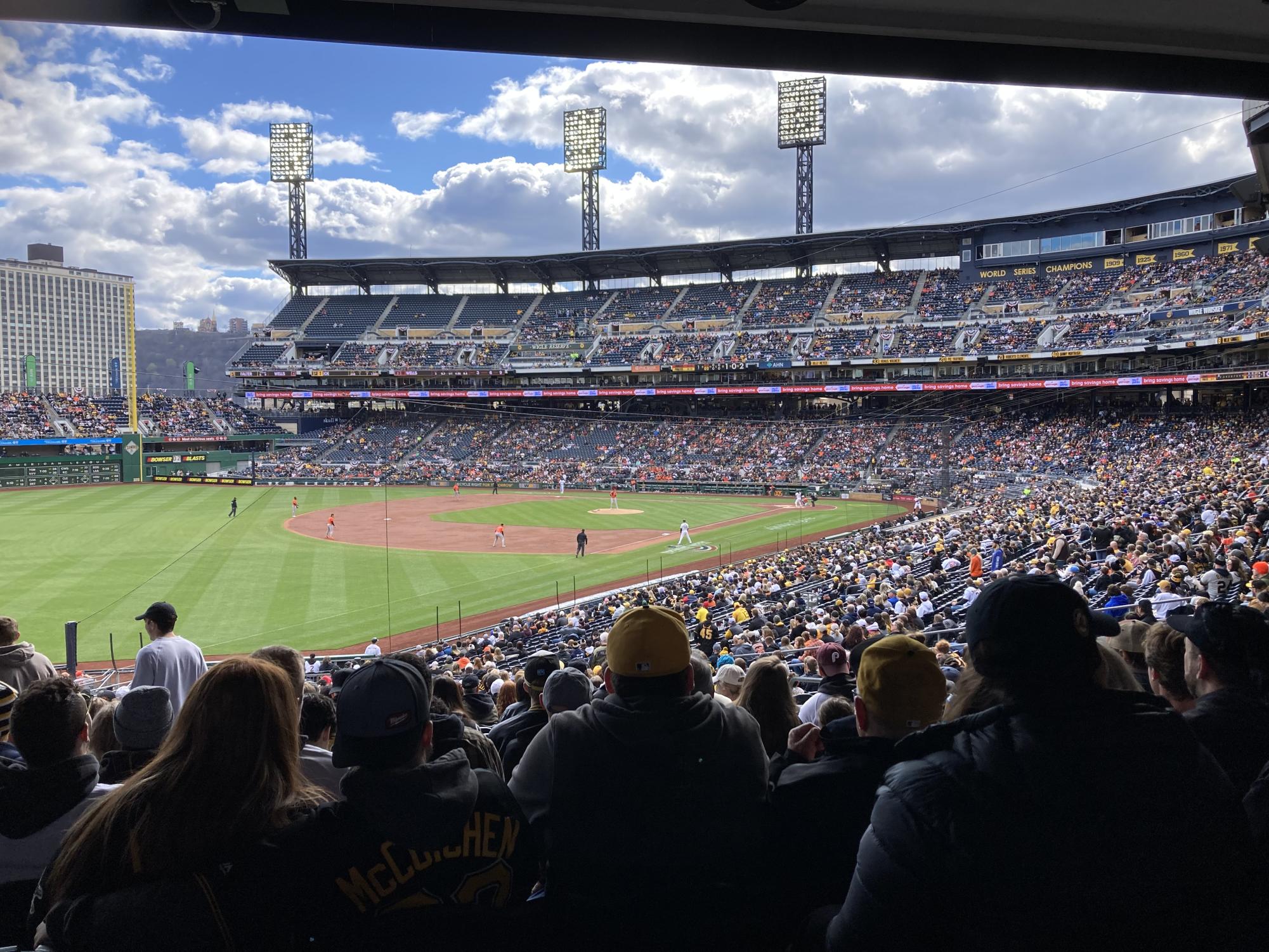
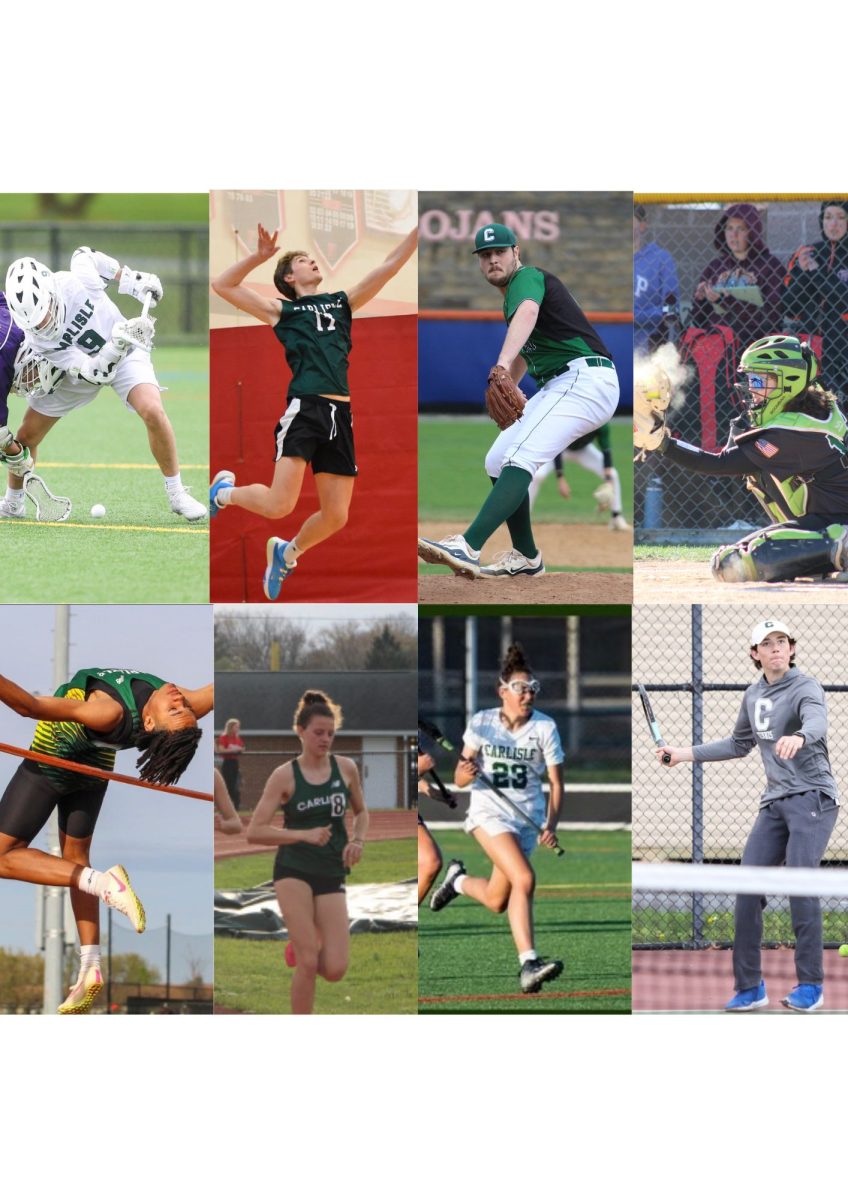
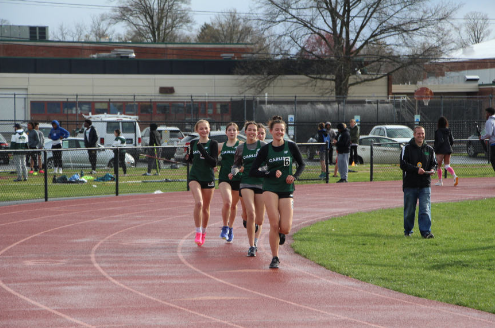
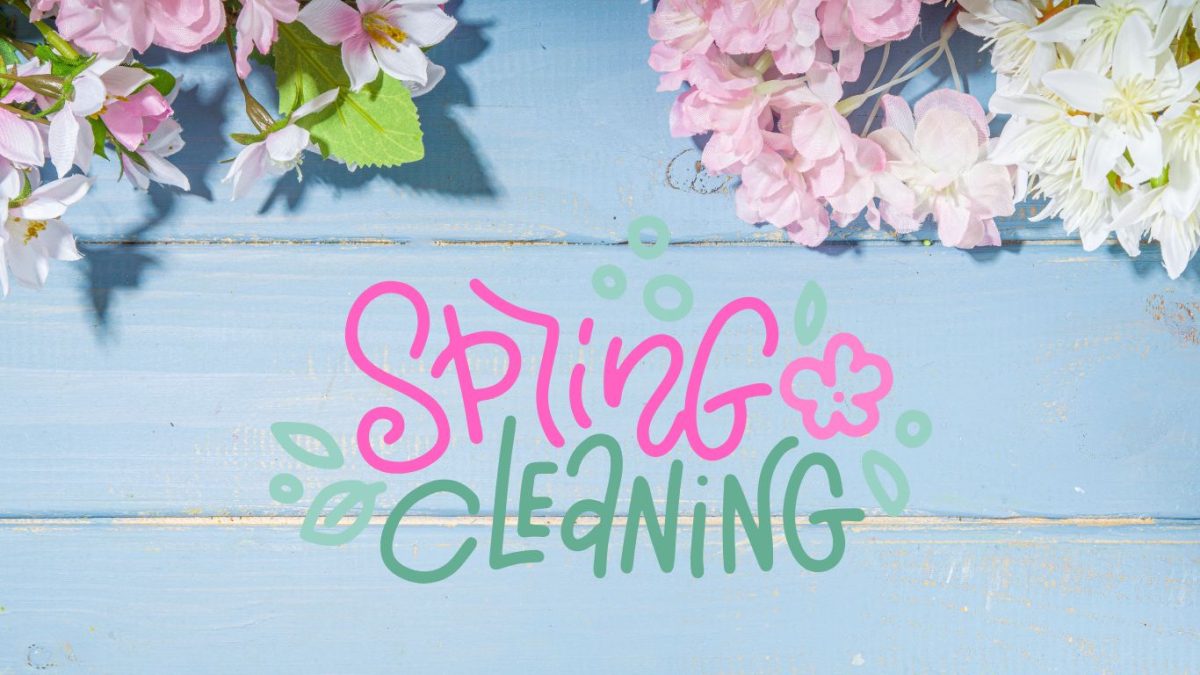
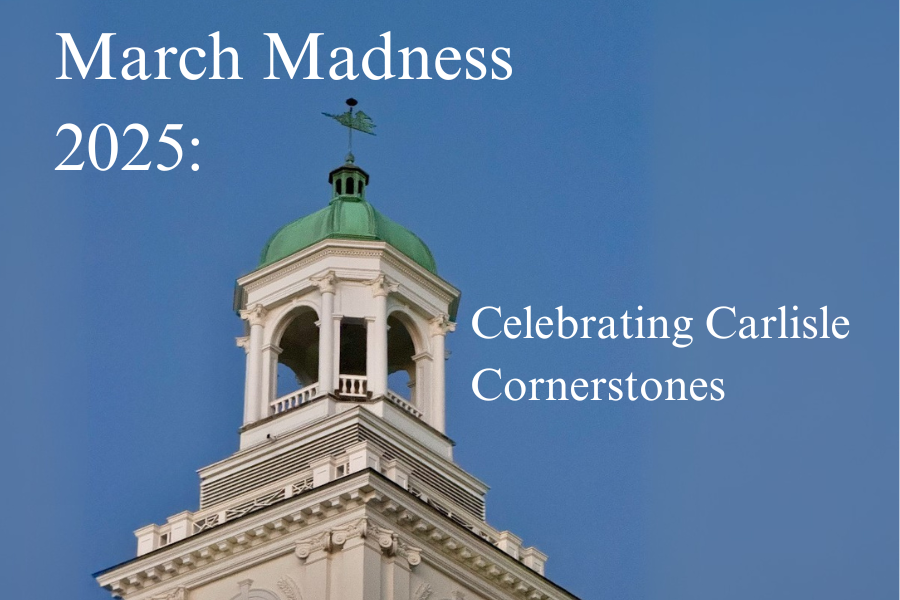
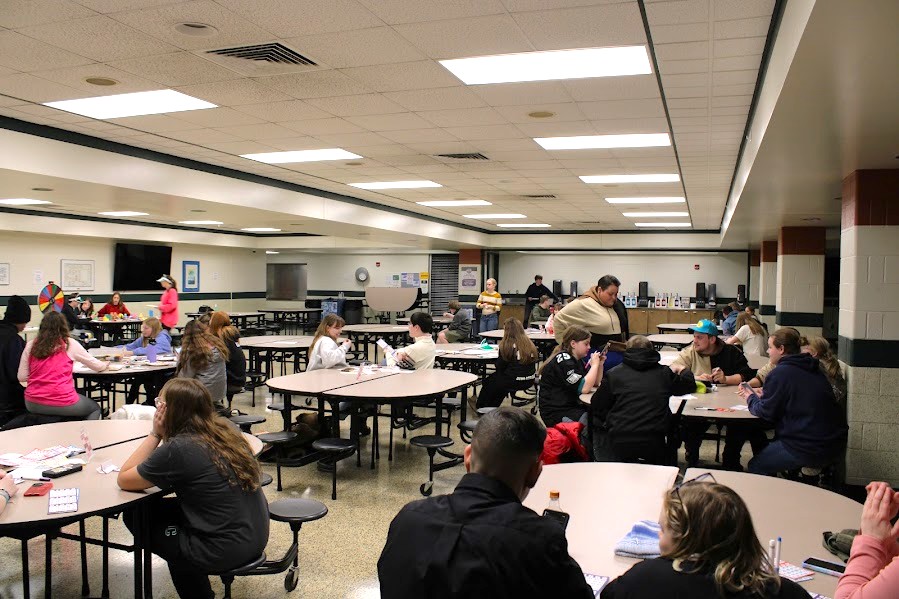
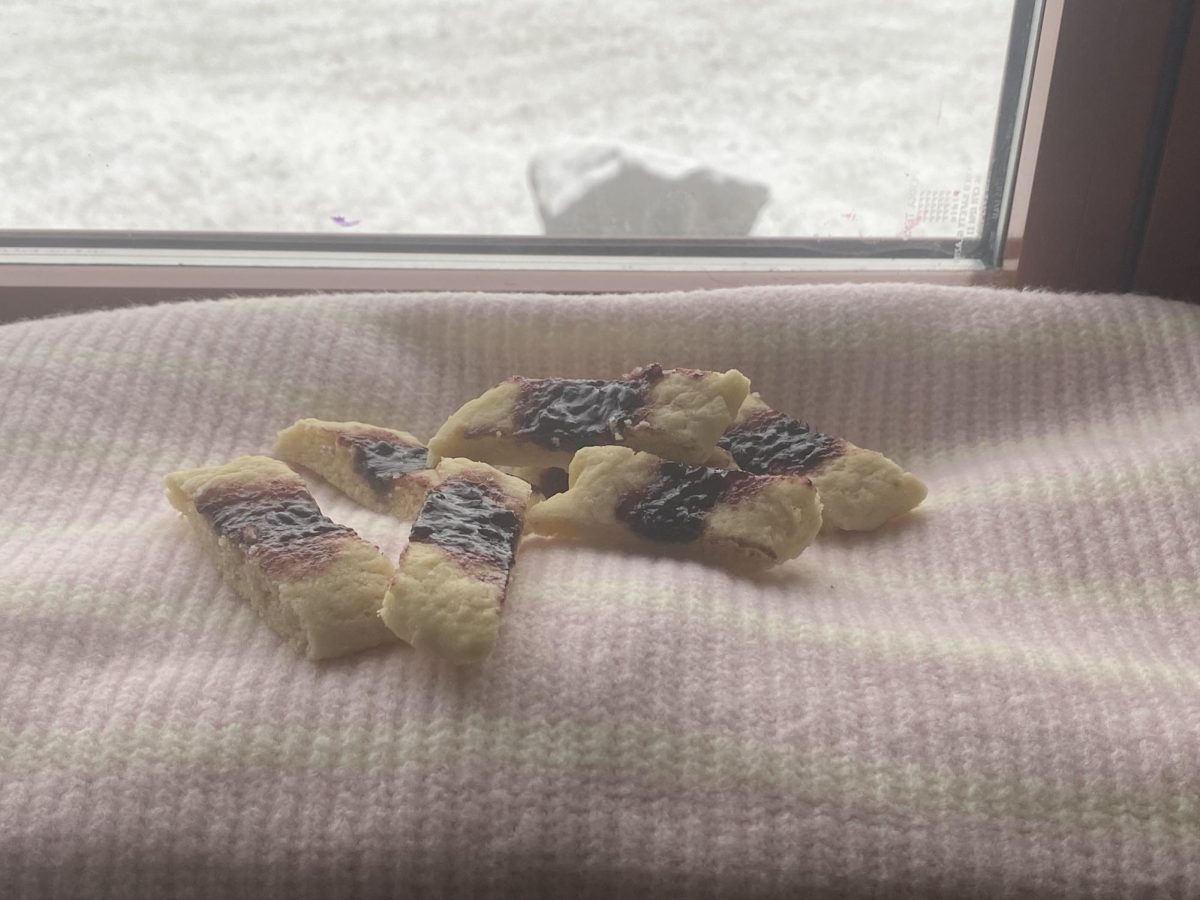

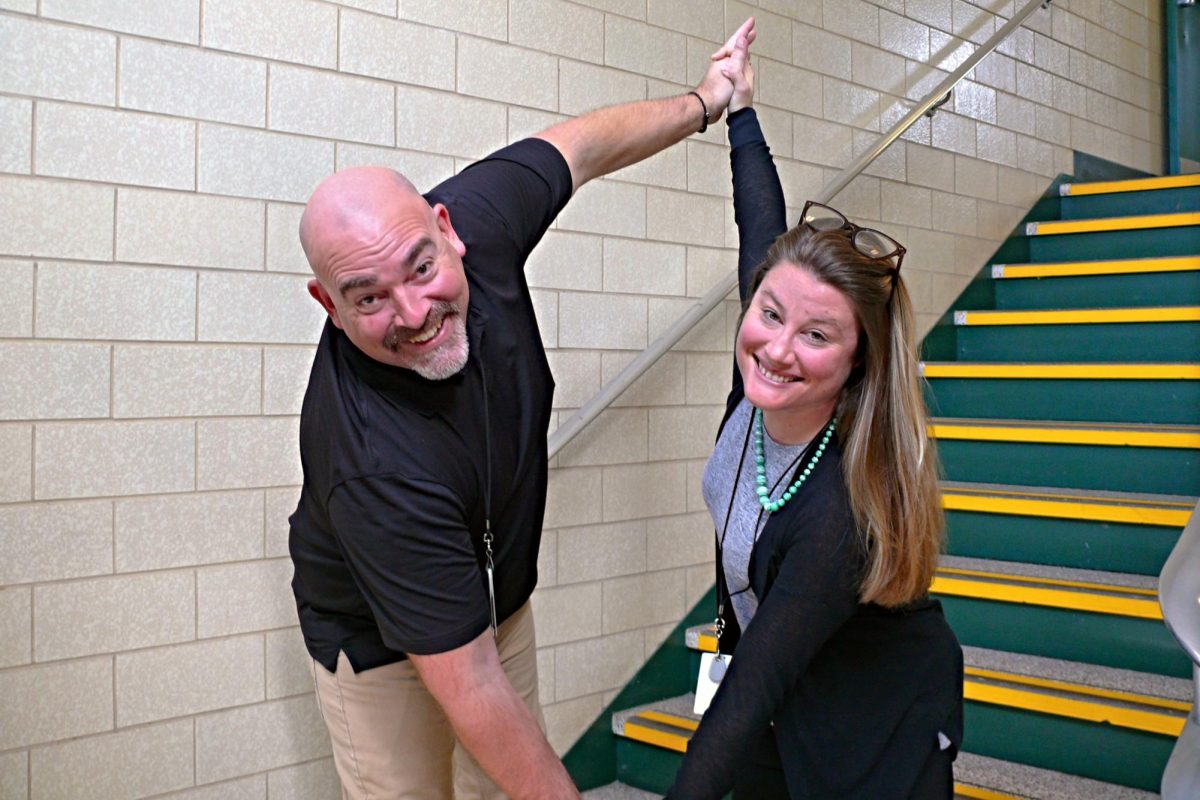
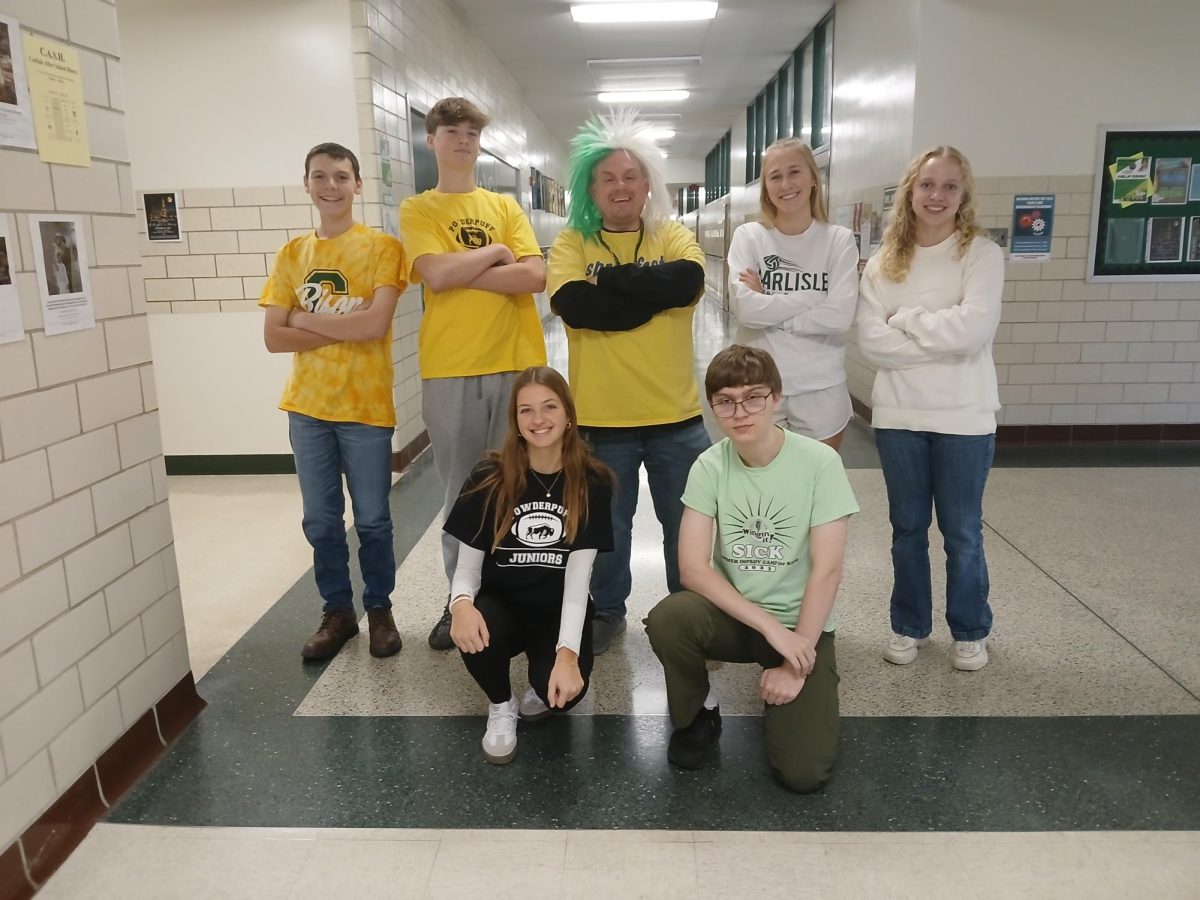
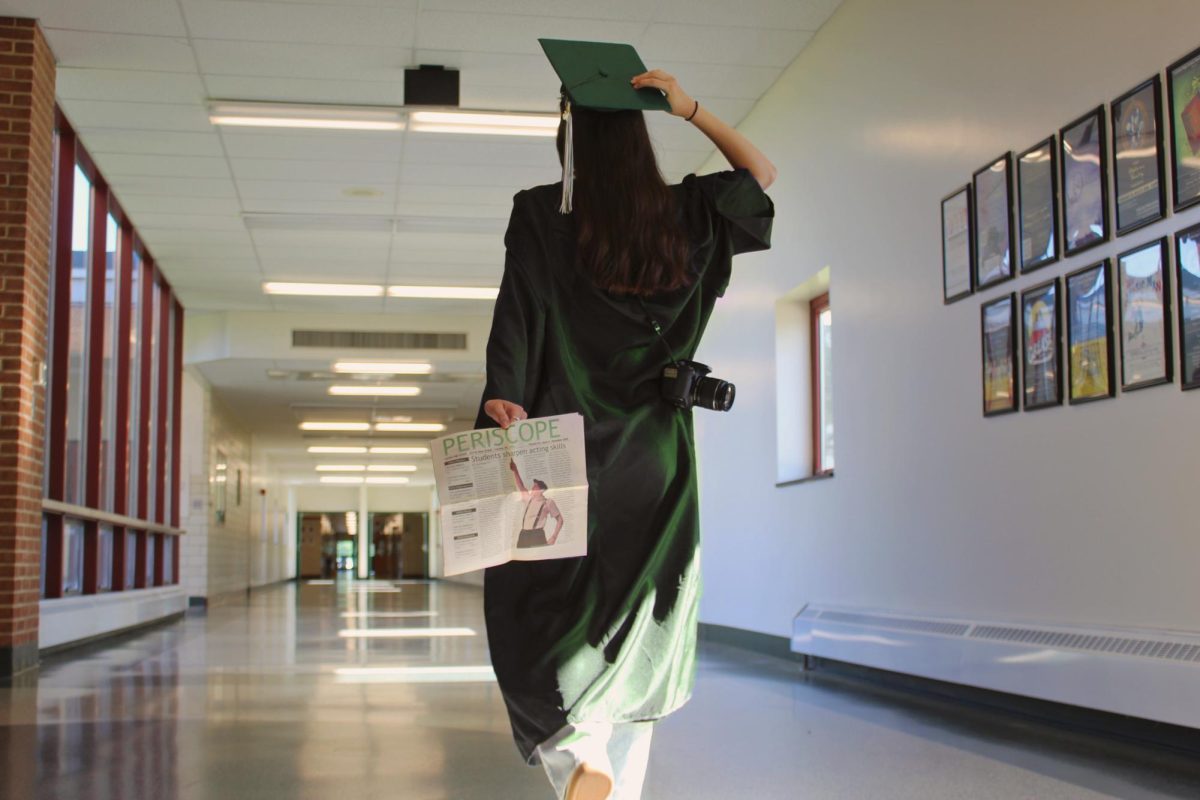
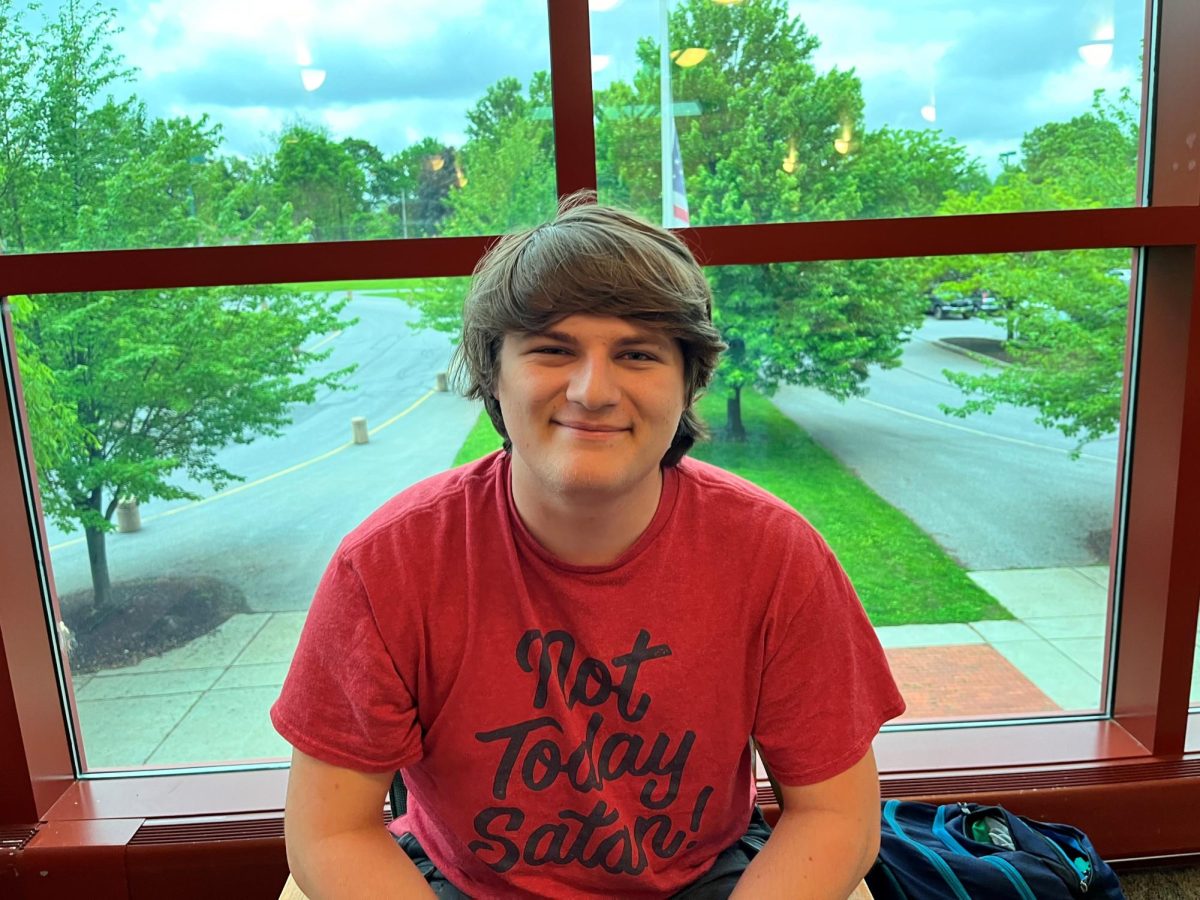
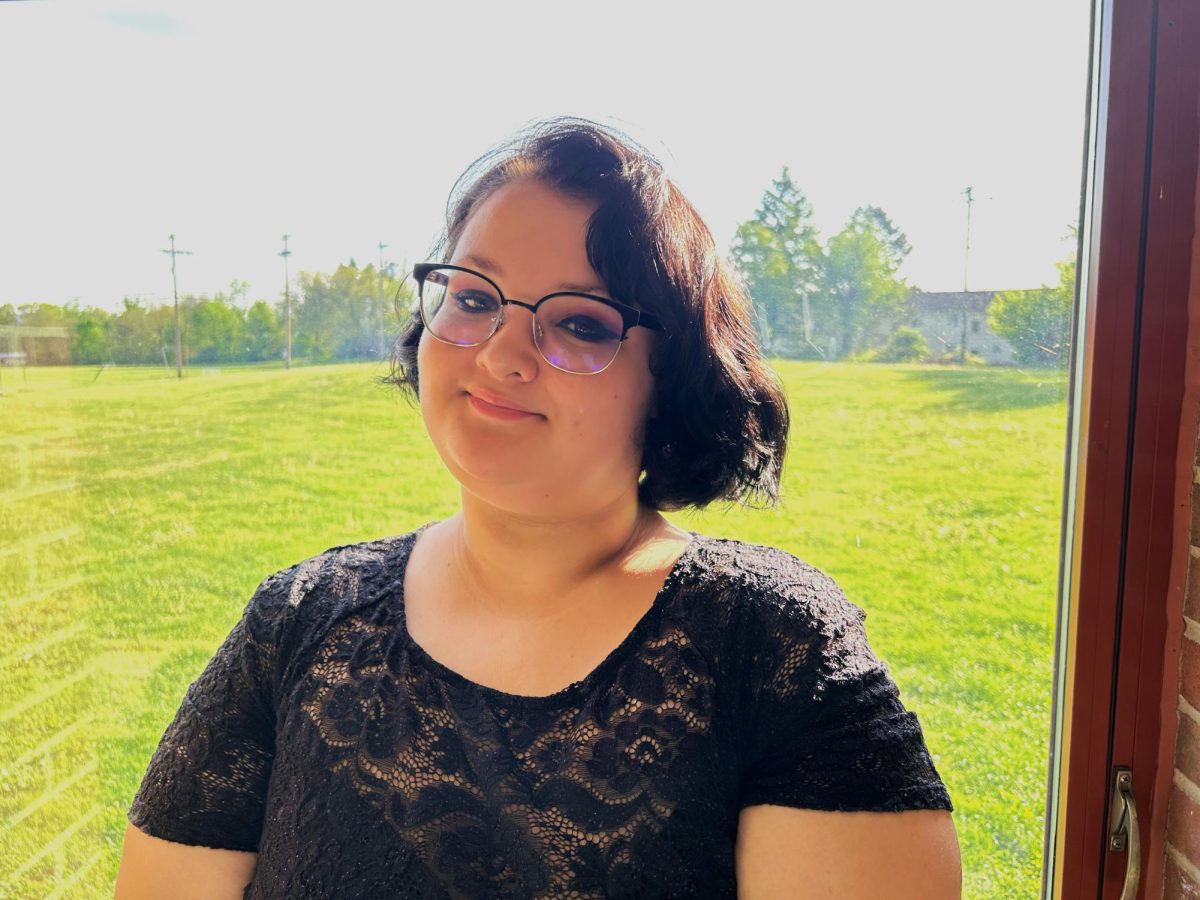
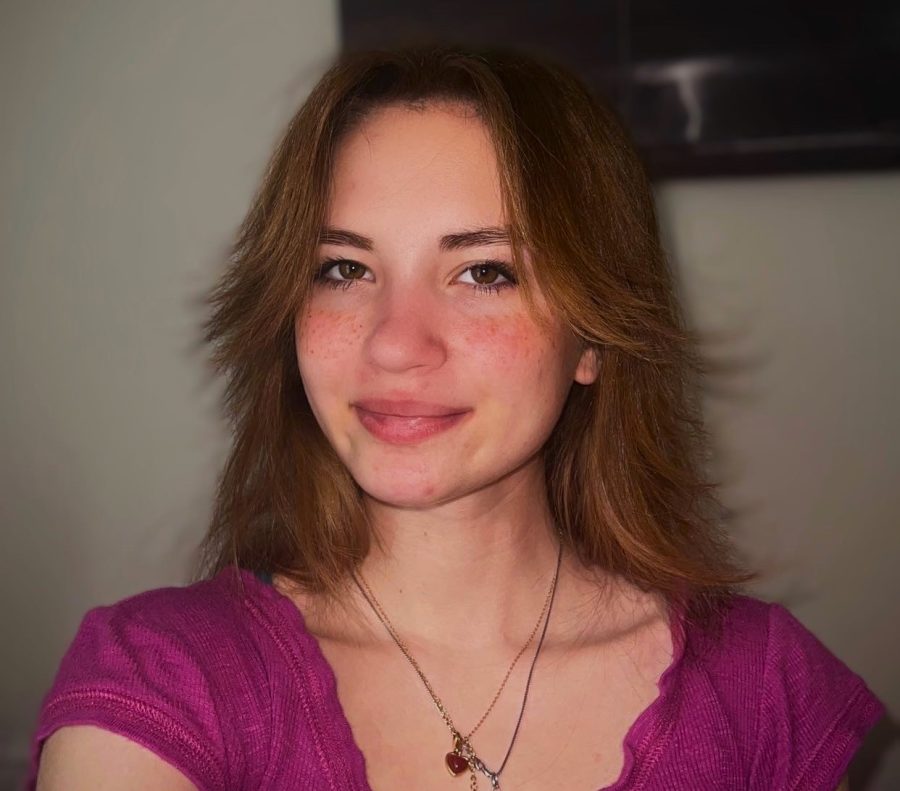
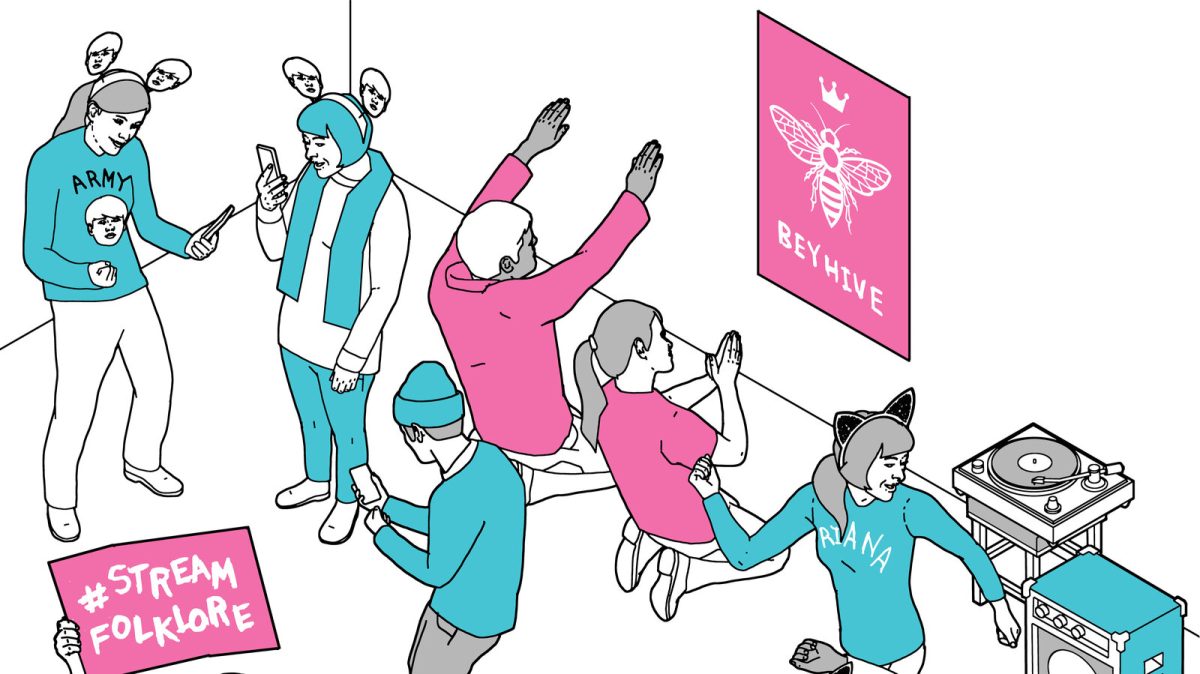
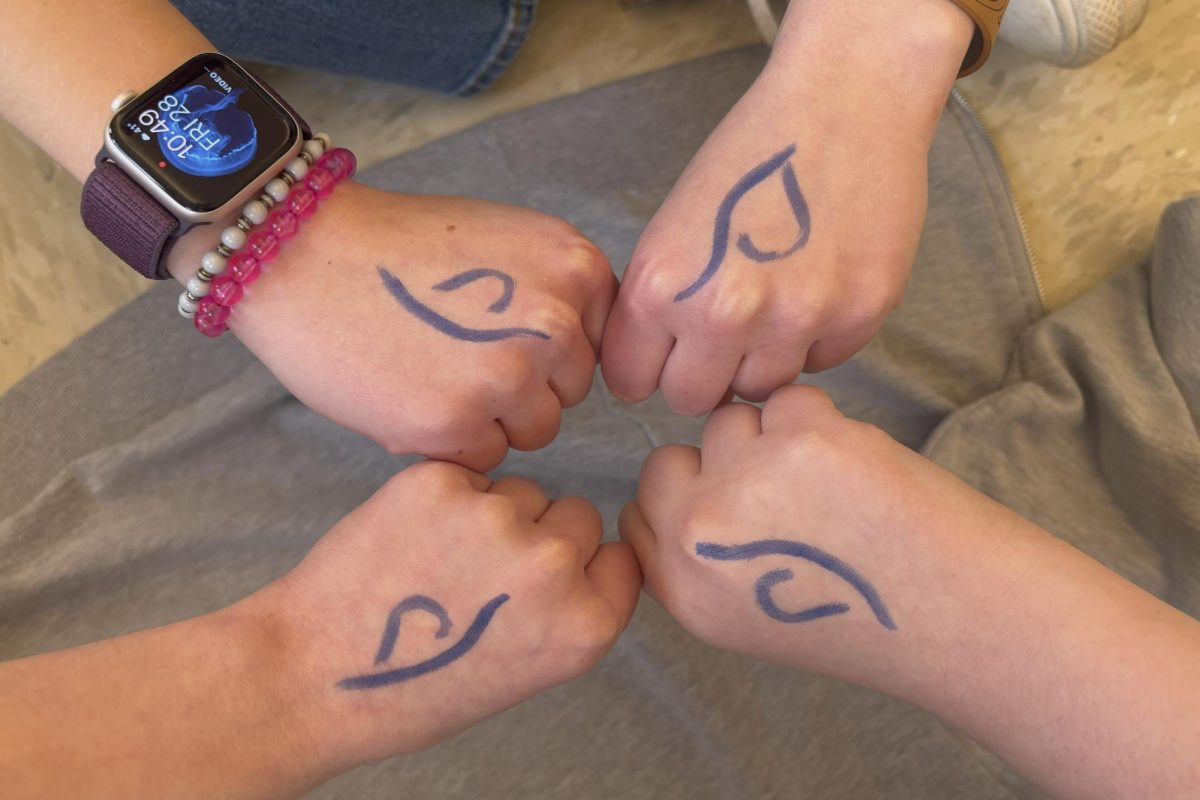
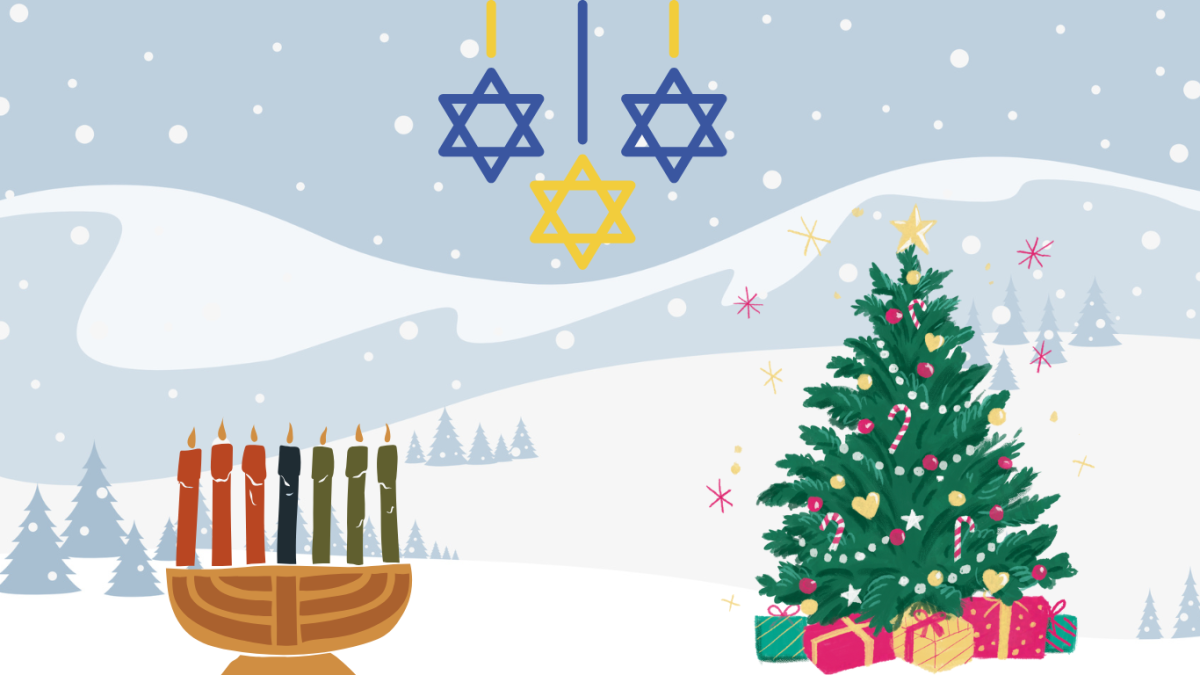
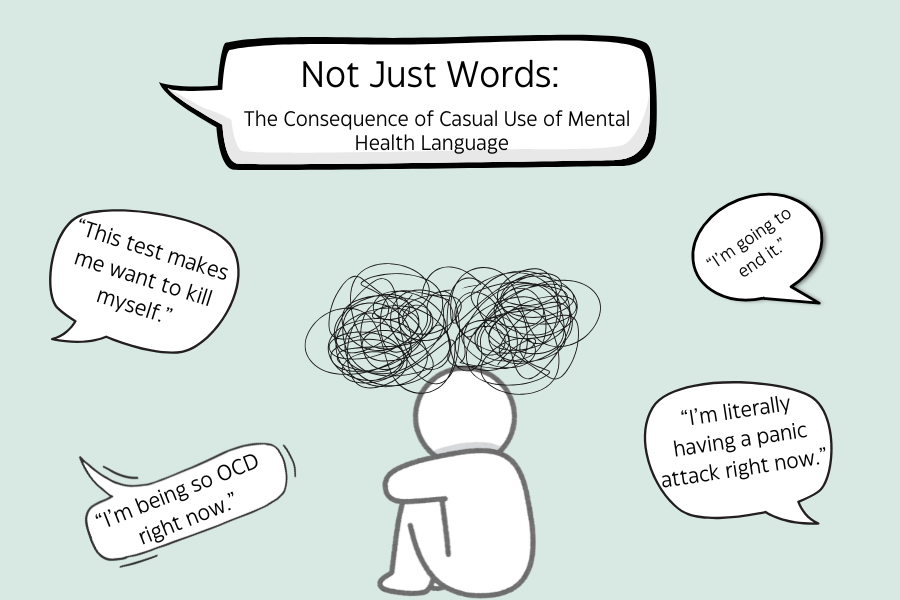
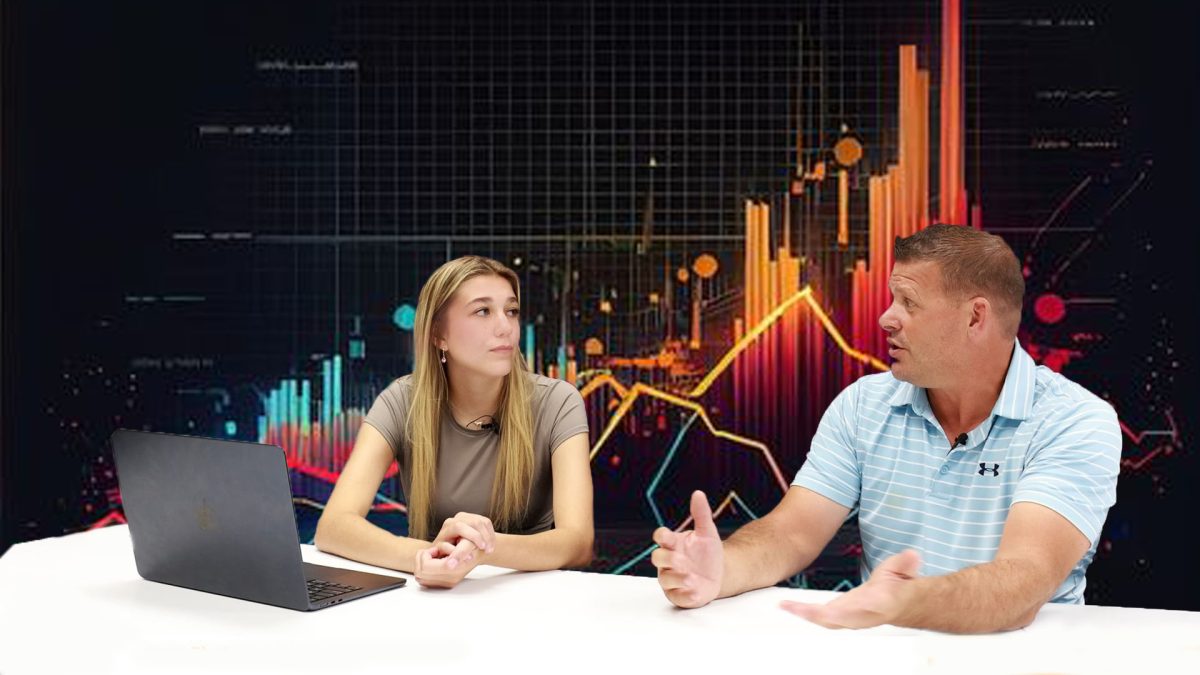
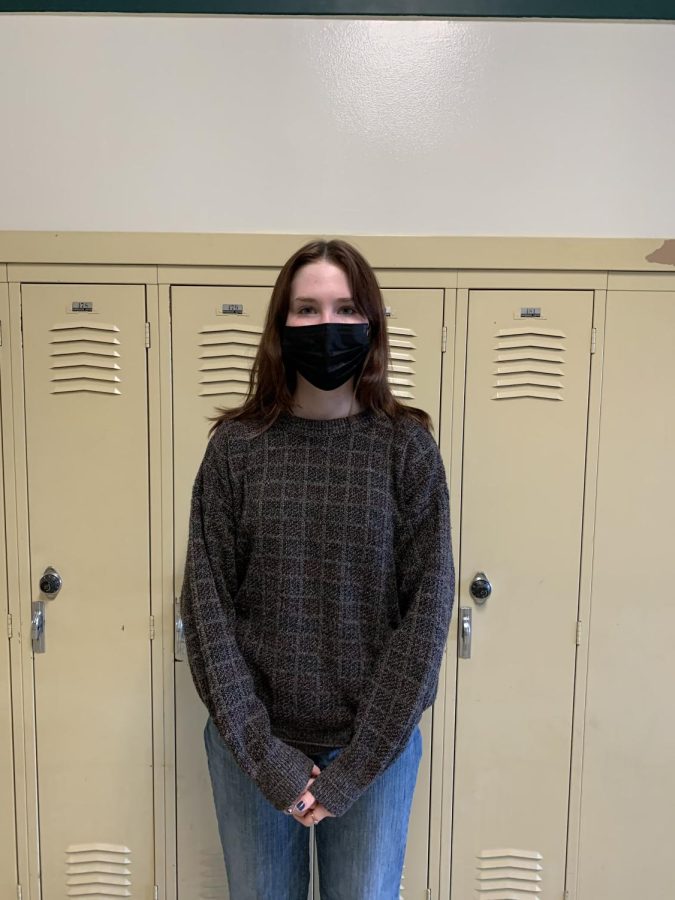
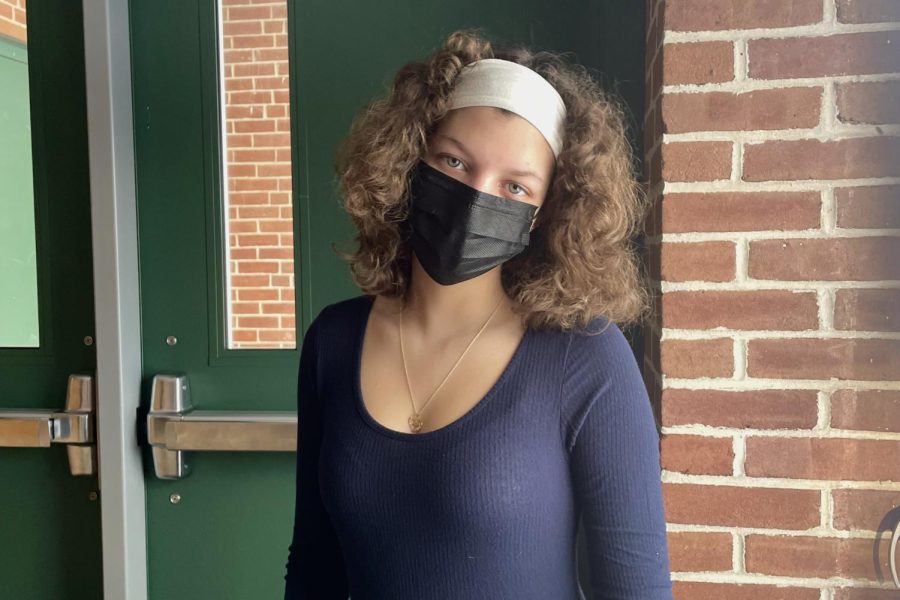
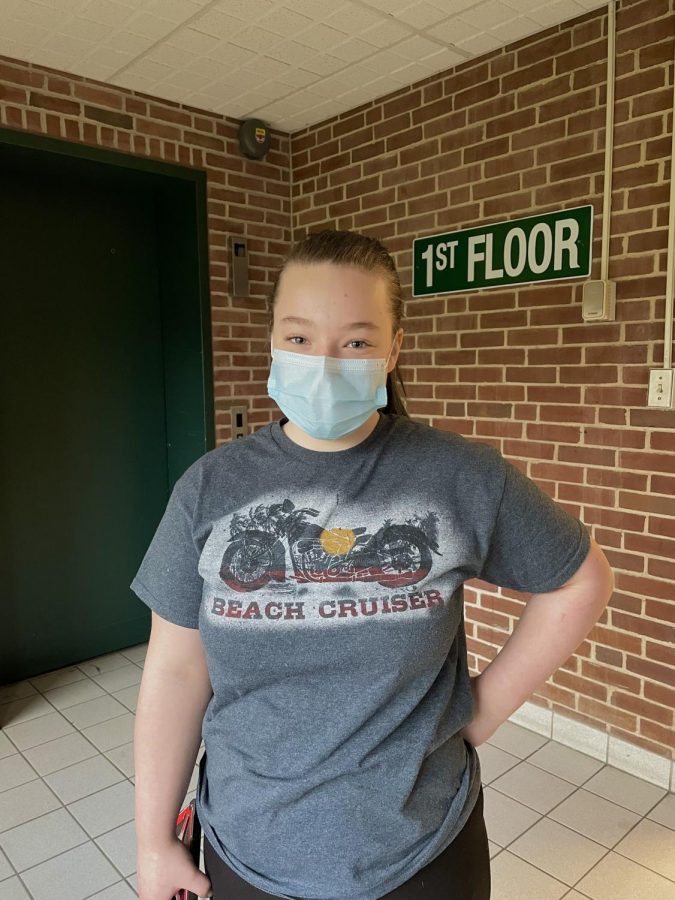
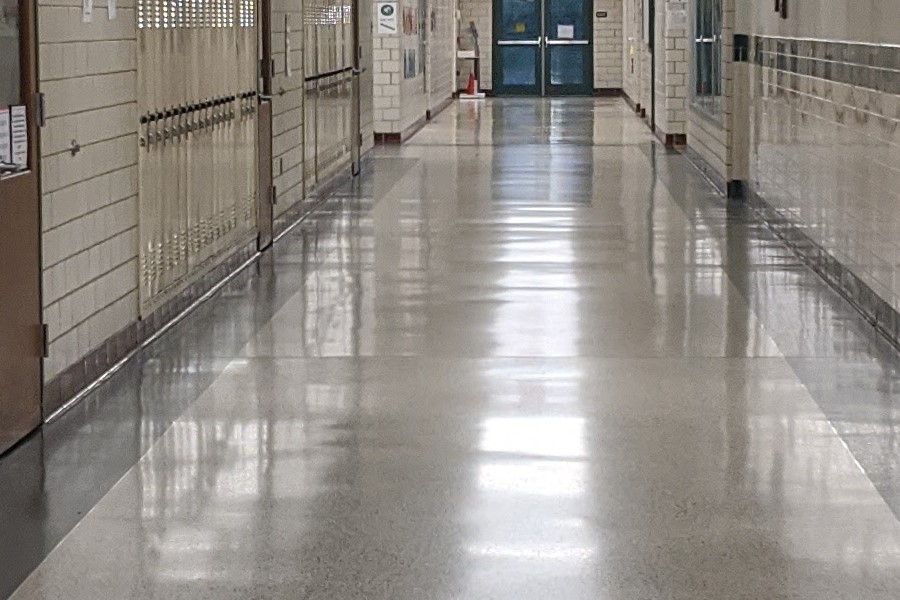
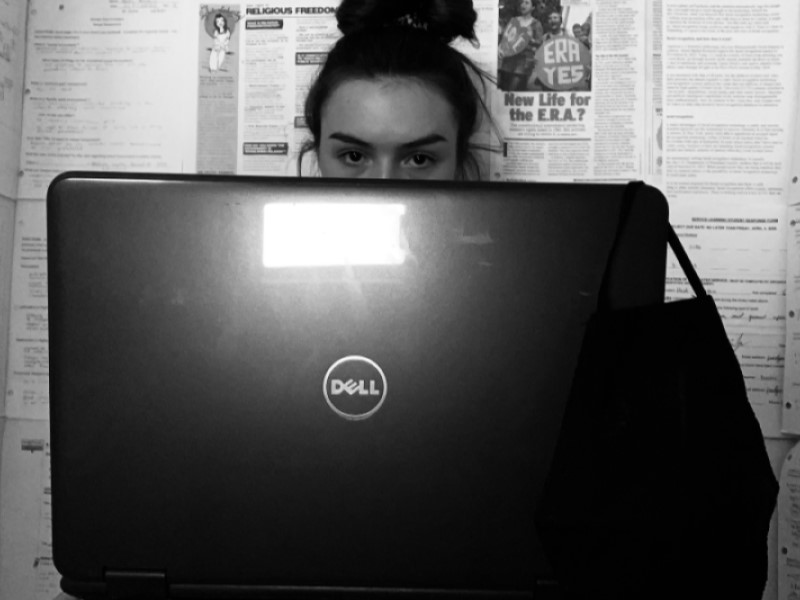
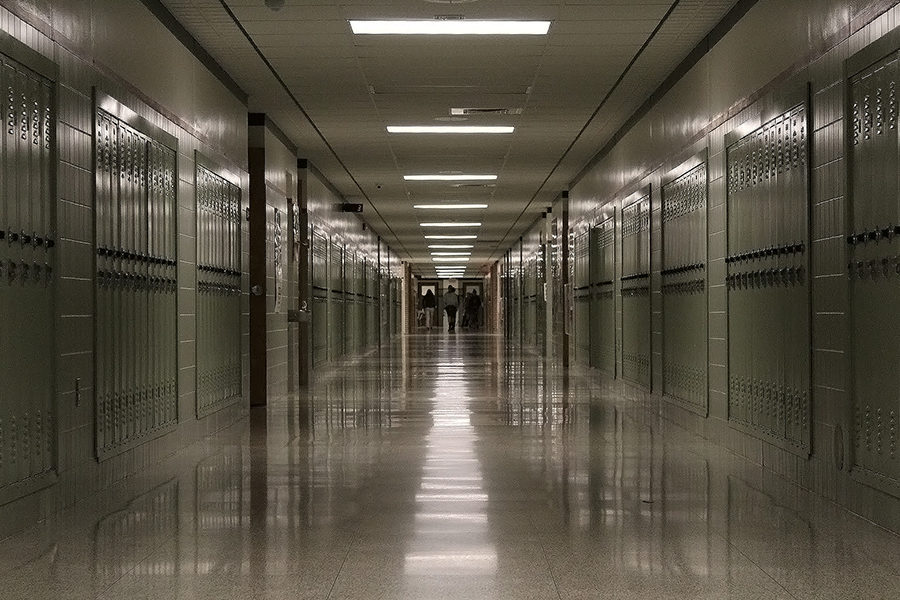
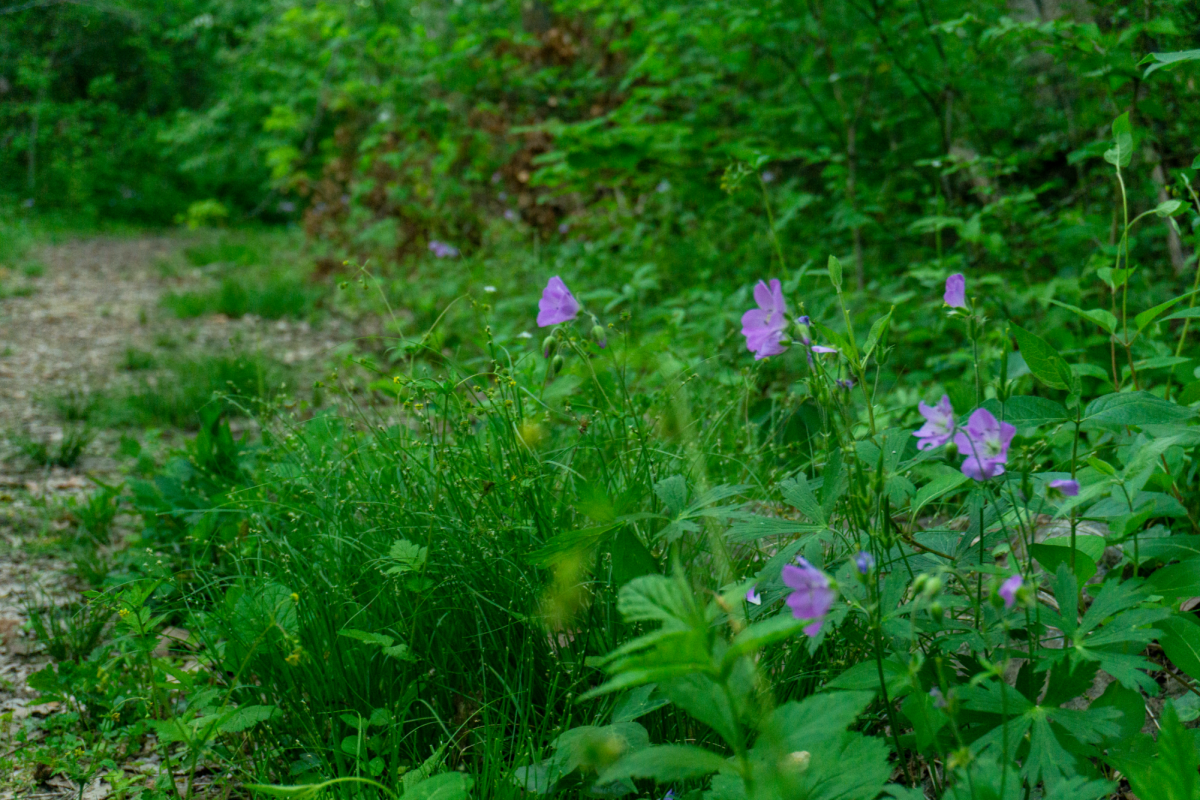
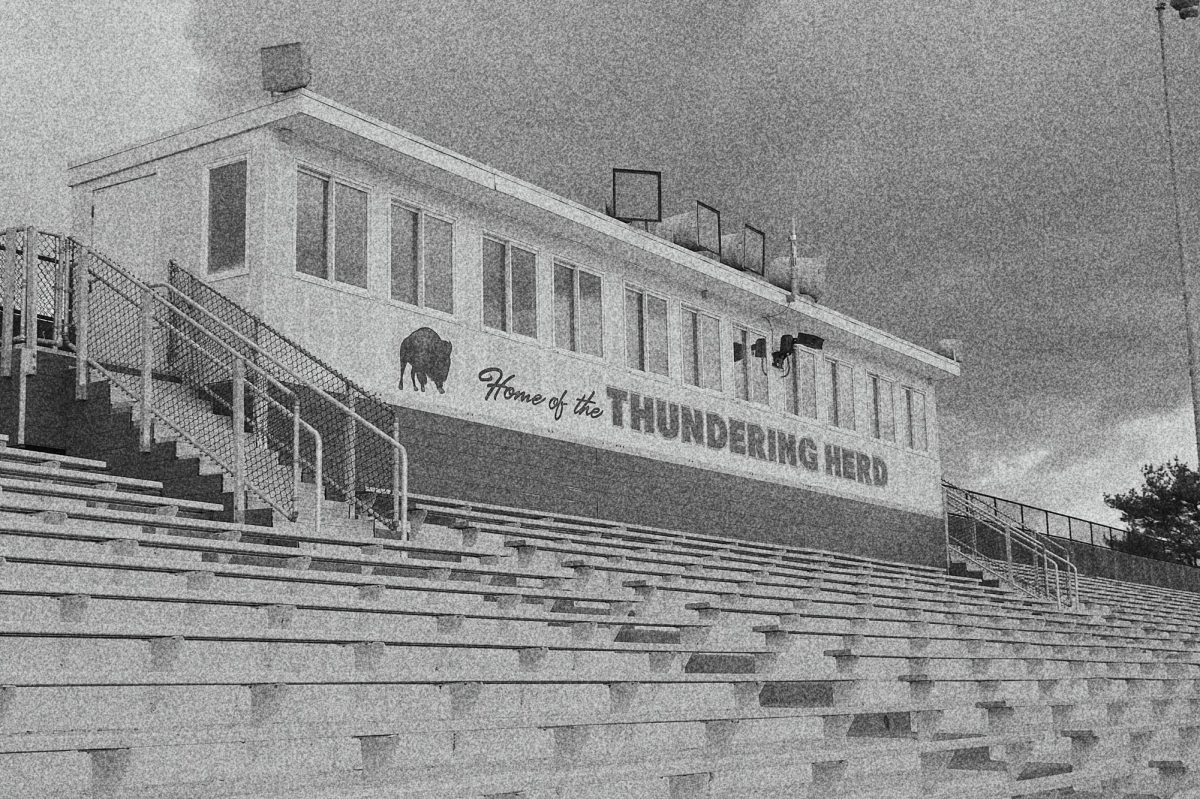
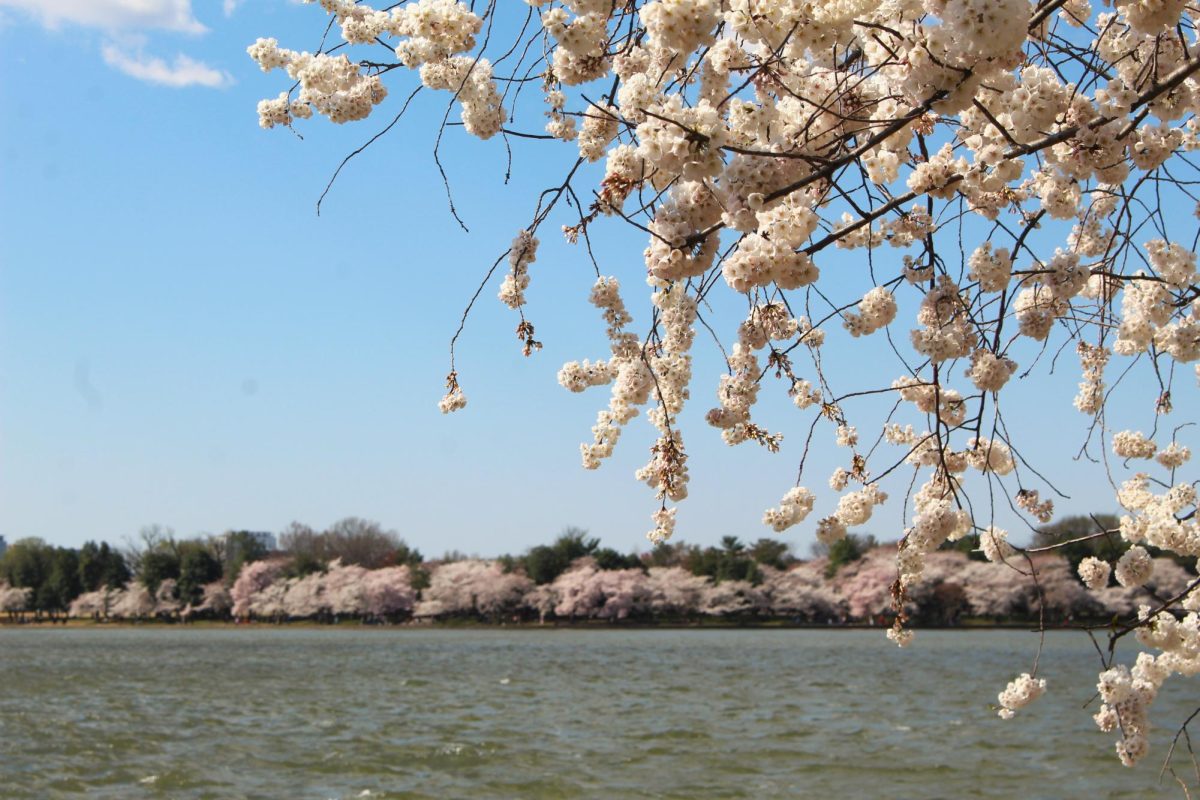
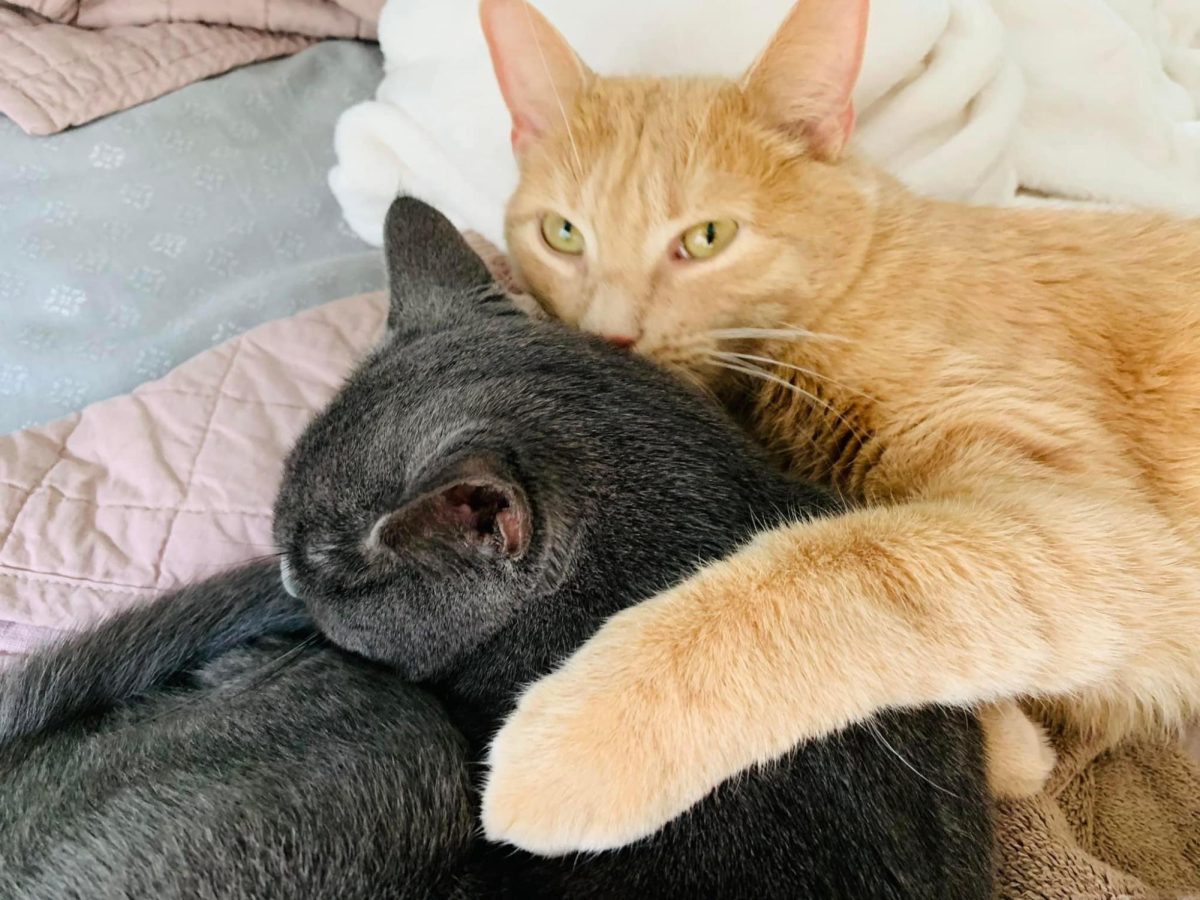
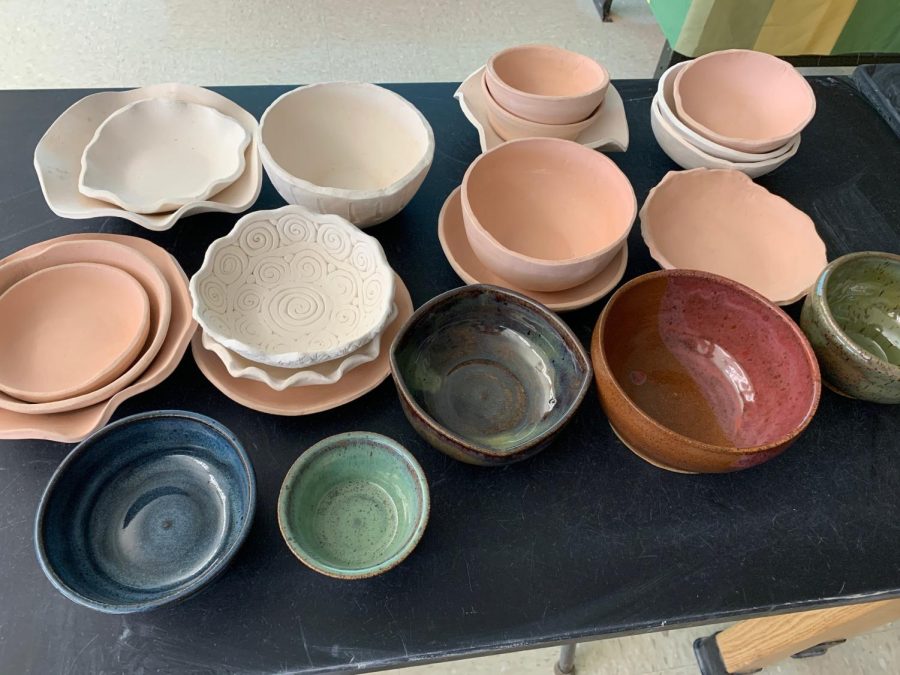
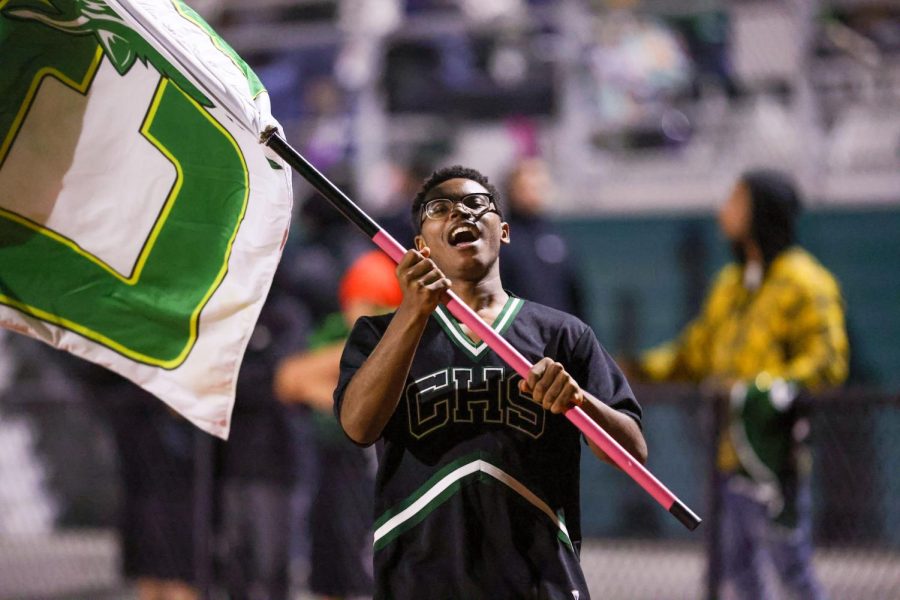
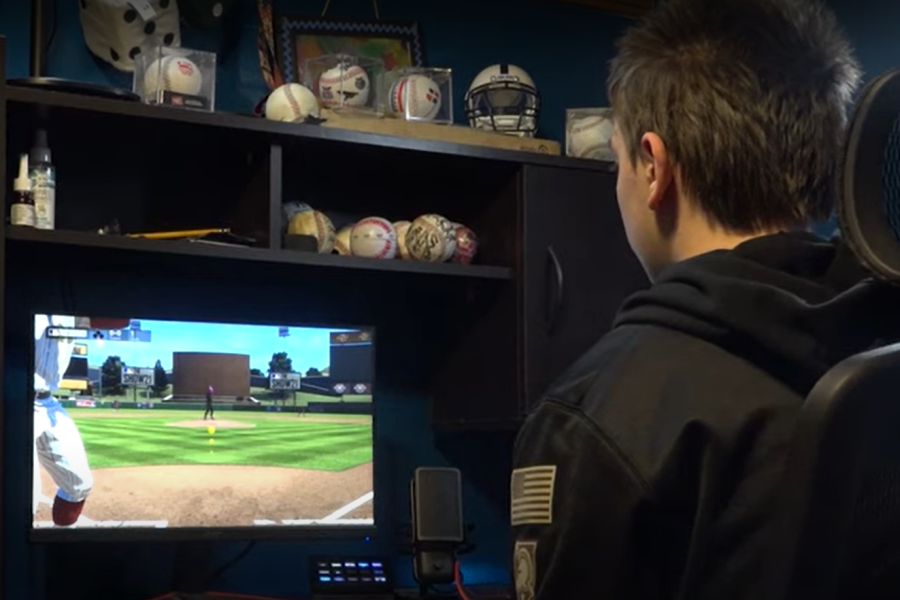
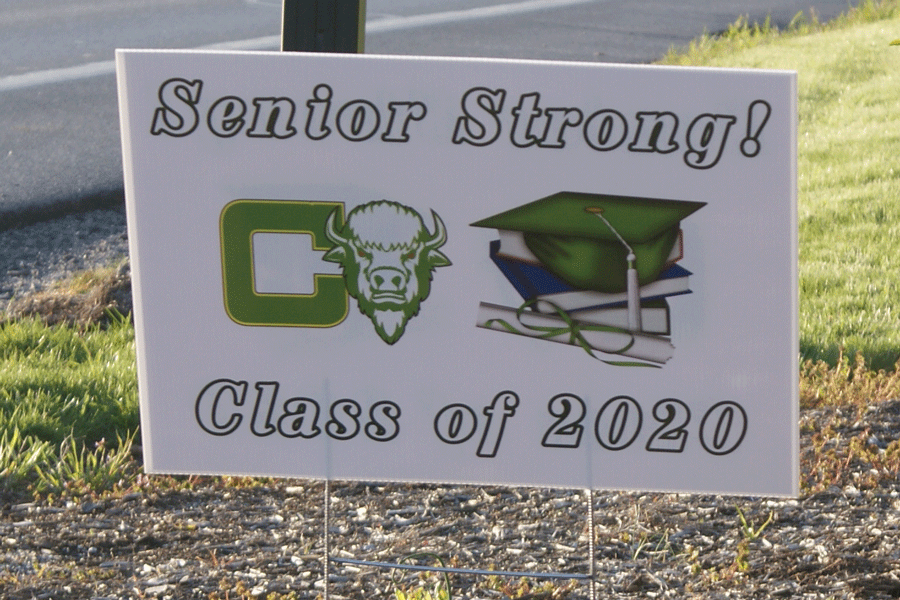
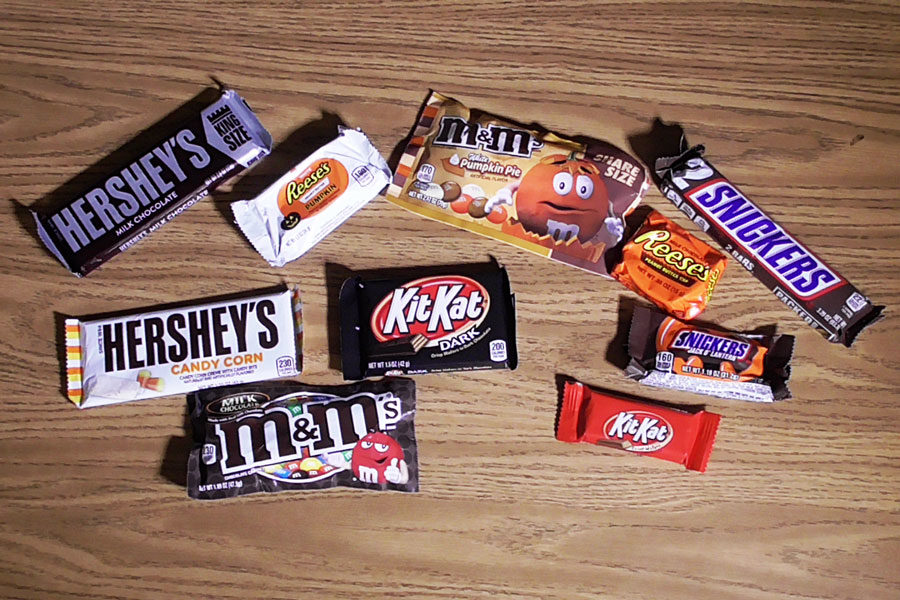
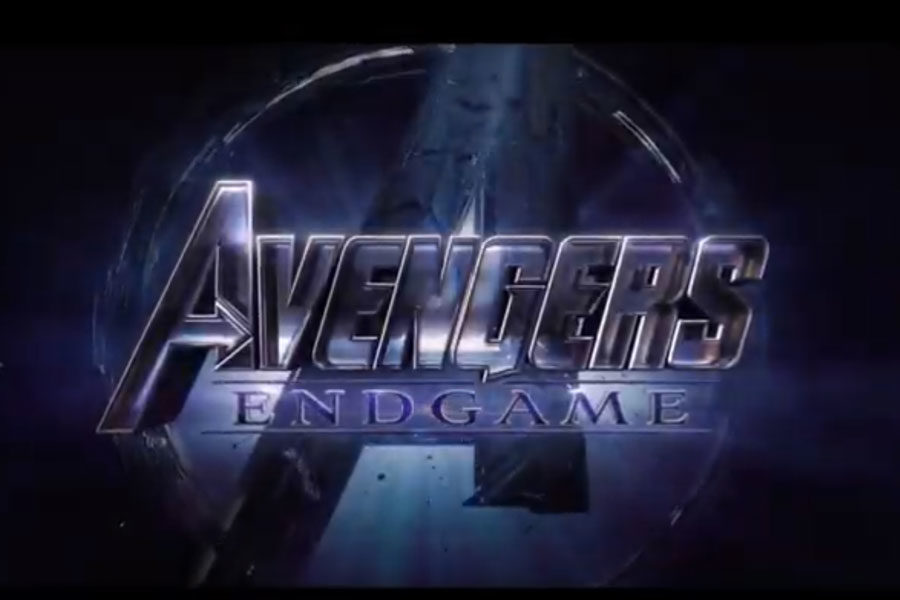
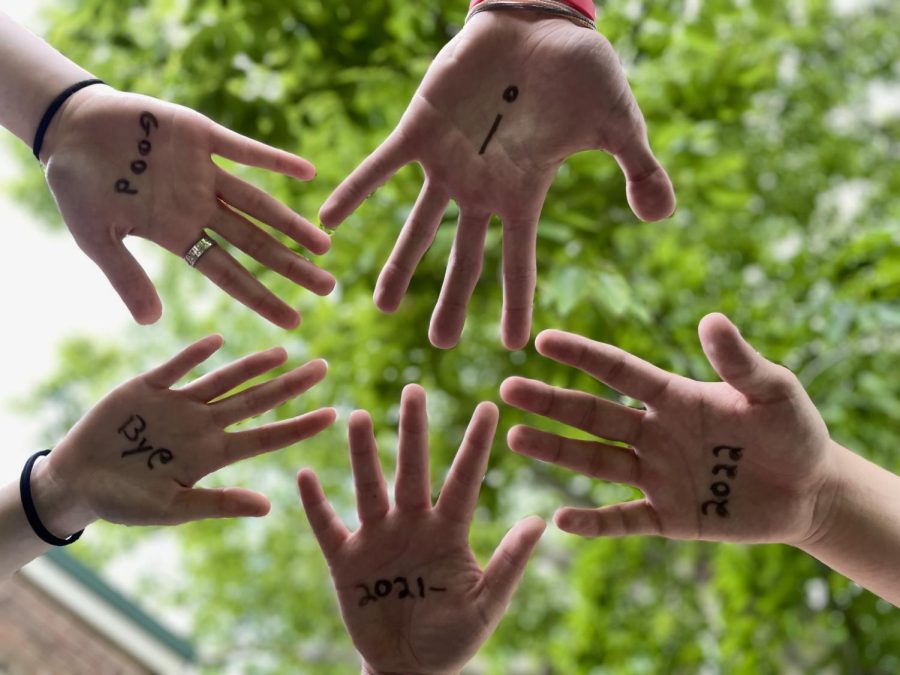
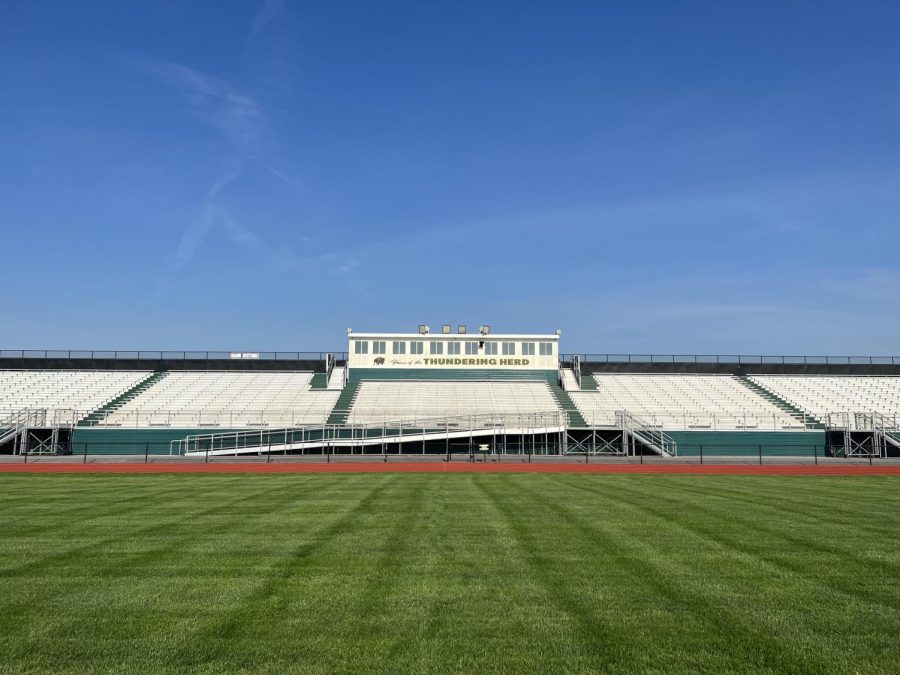
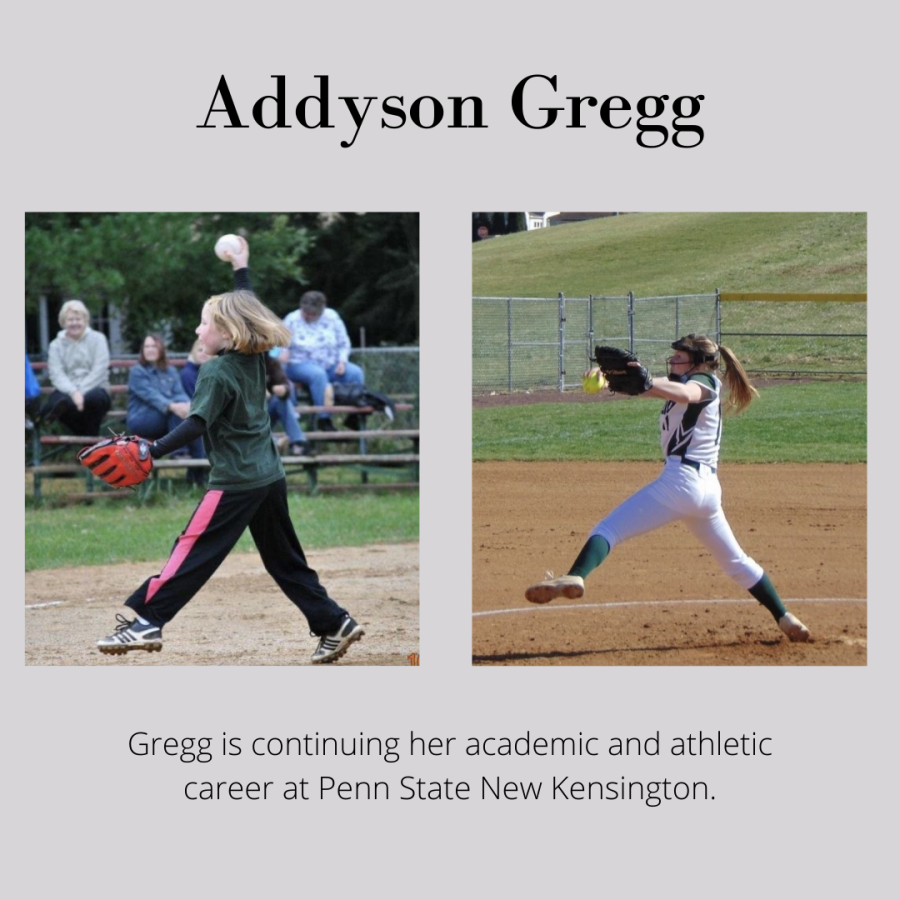

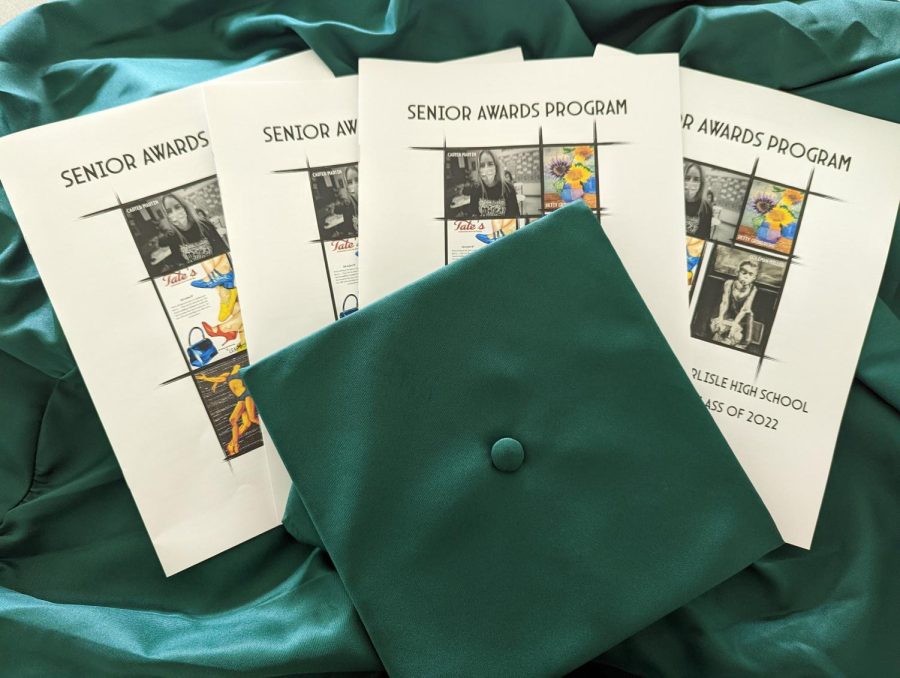
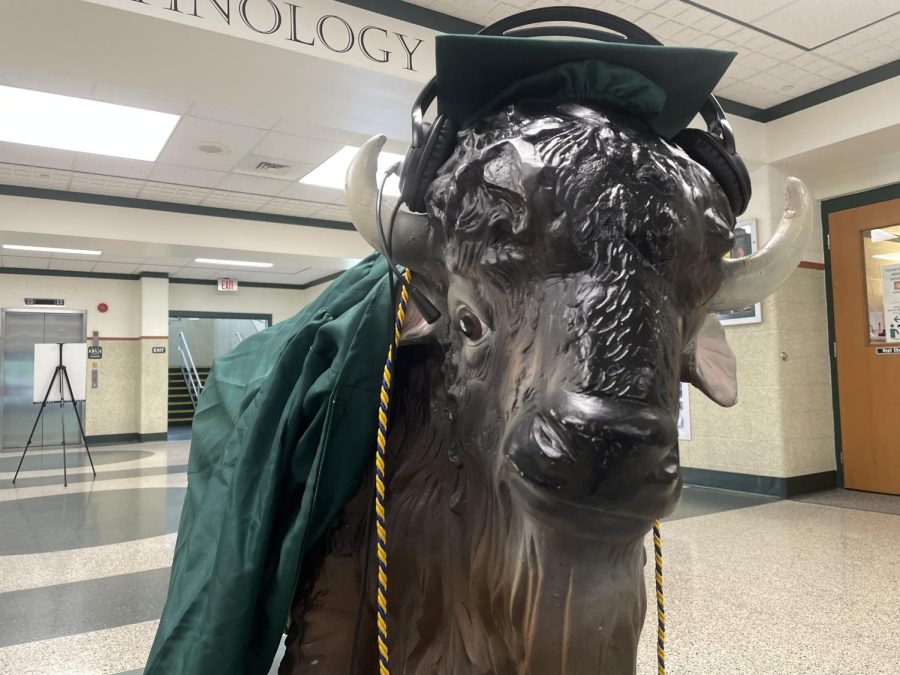

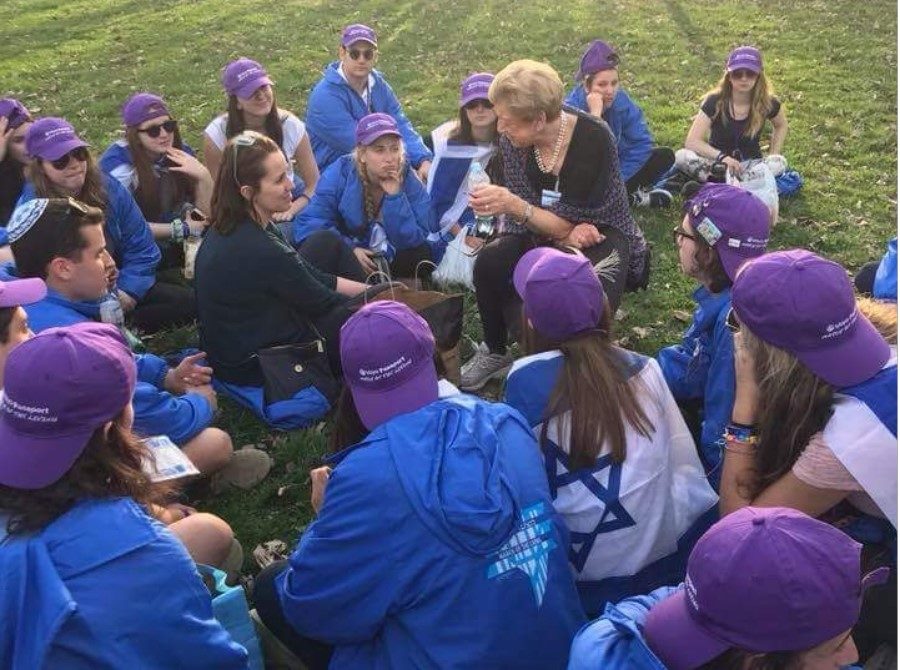
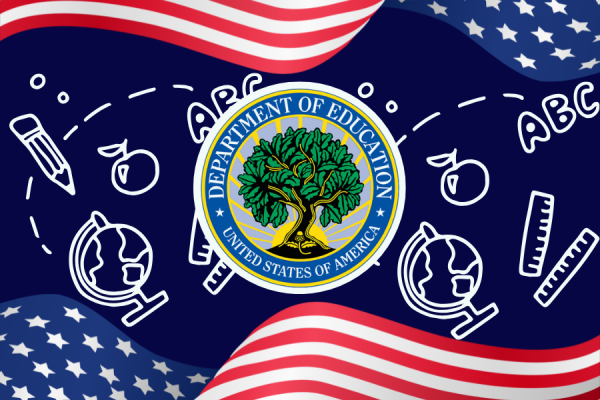
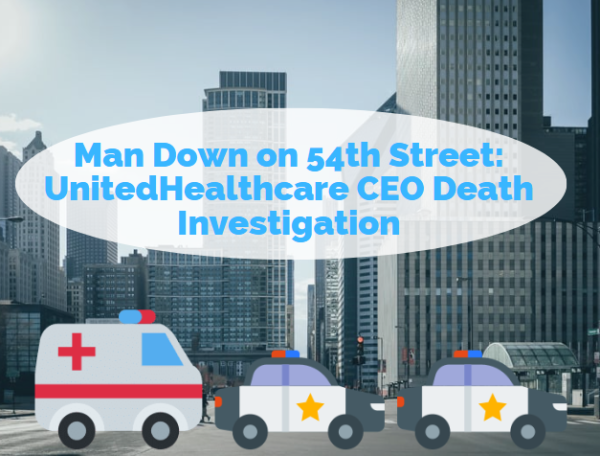




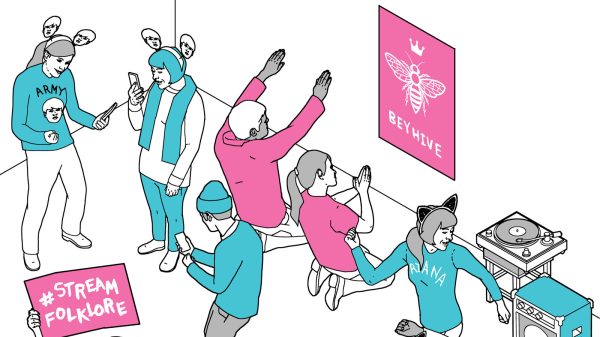
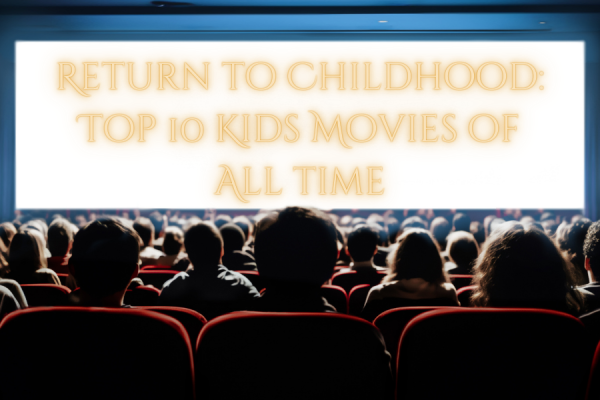
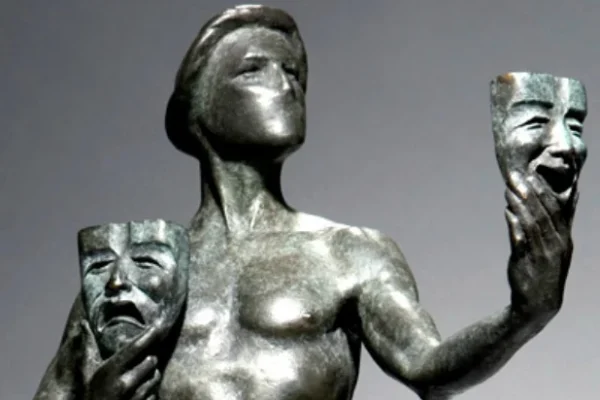
Jaroslaw • Jun 18, 2018 at 12:39 pm
Hi. I am Polish from Poland. Thank you.
Jacquie Hultquist • Jun 12, 2018 at 4:06 pm
Great article. Awesome quotes.
Jared • Jun 12, 2018 at 10:47 am
Thank you very much for the change the text into the truth one.
Have a nice and safe next trips,
Jared